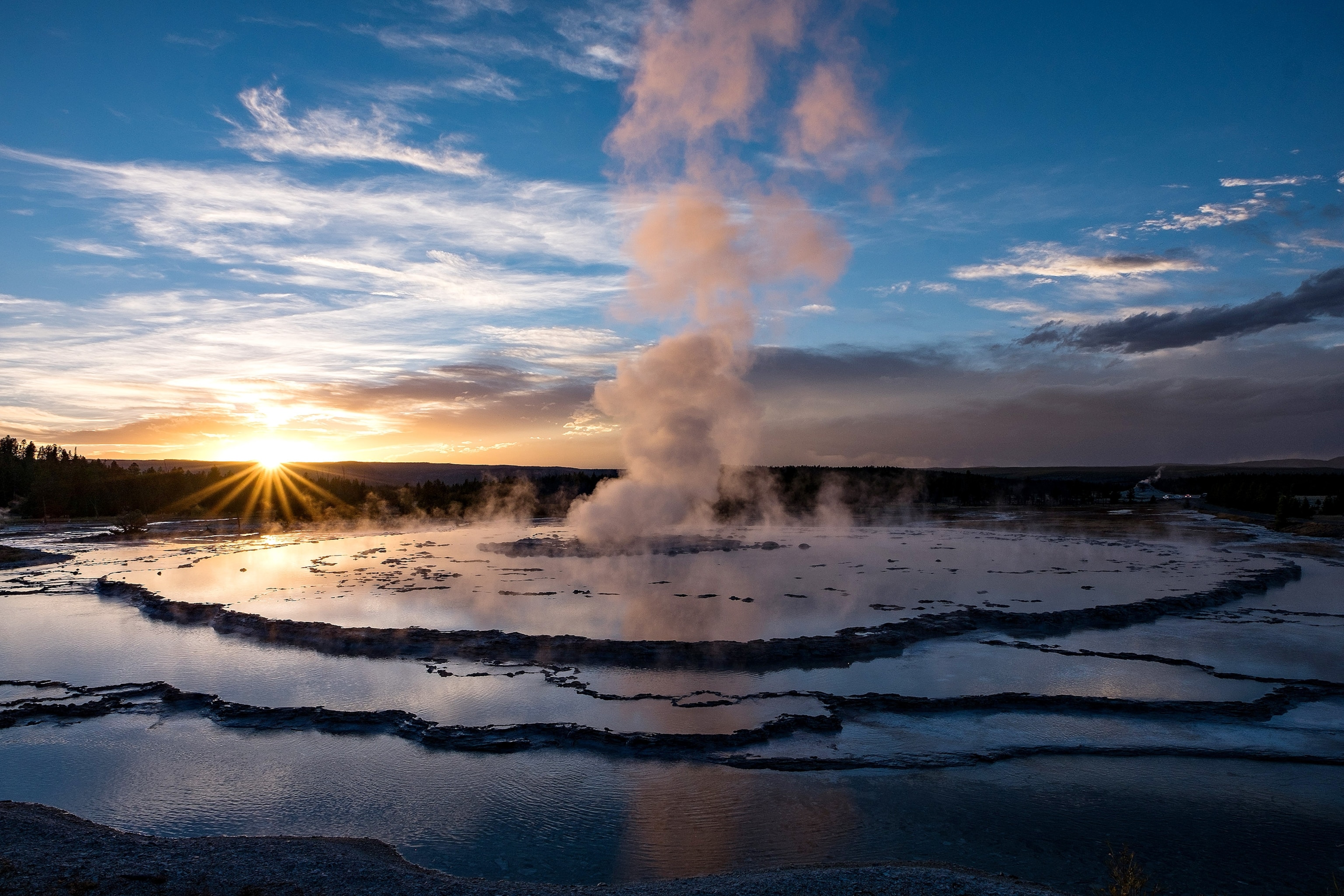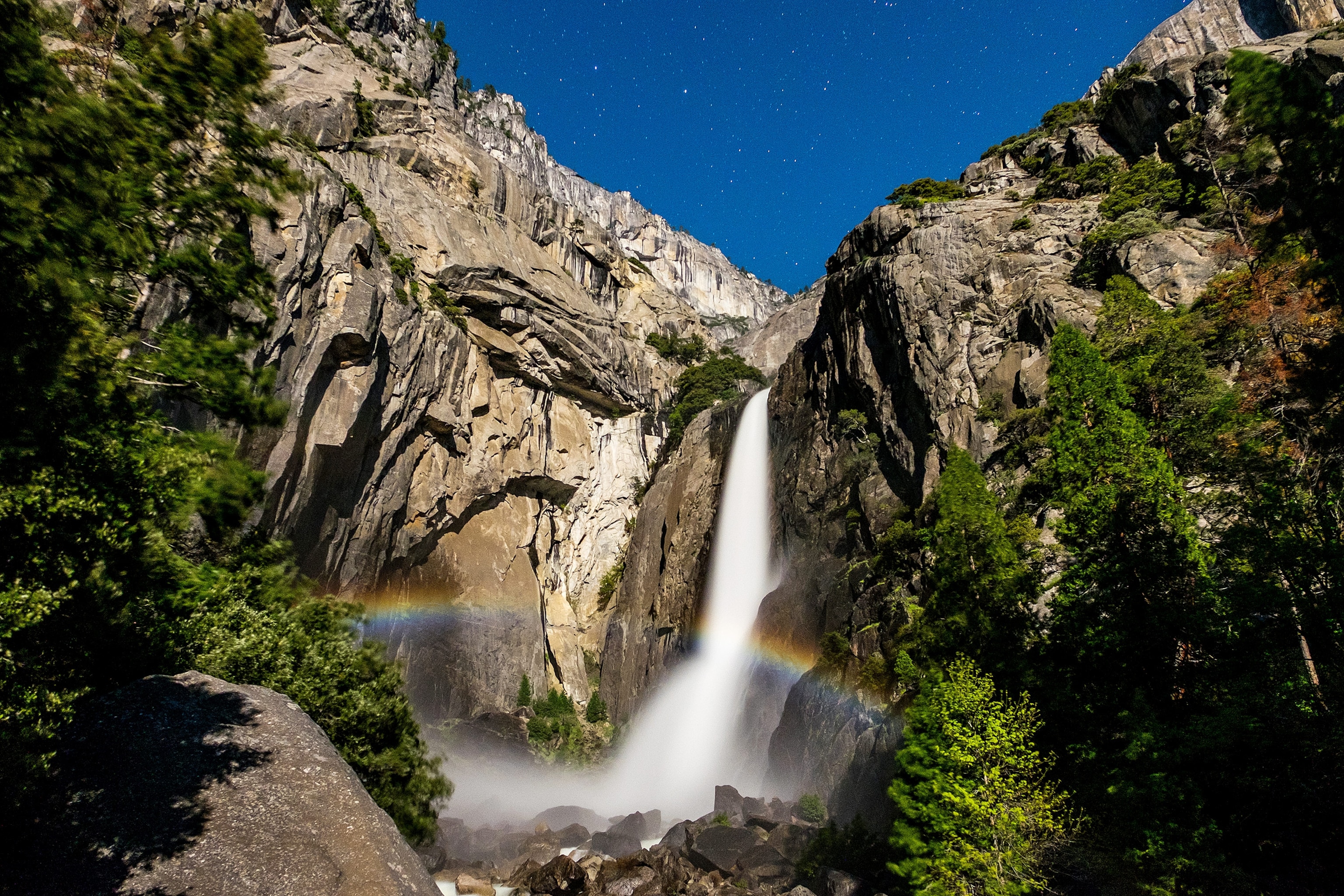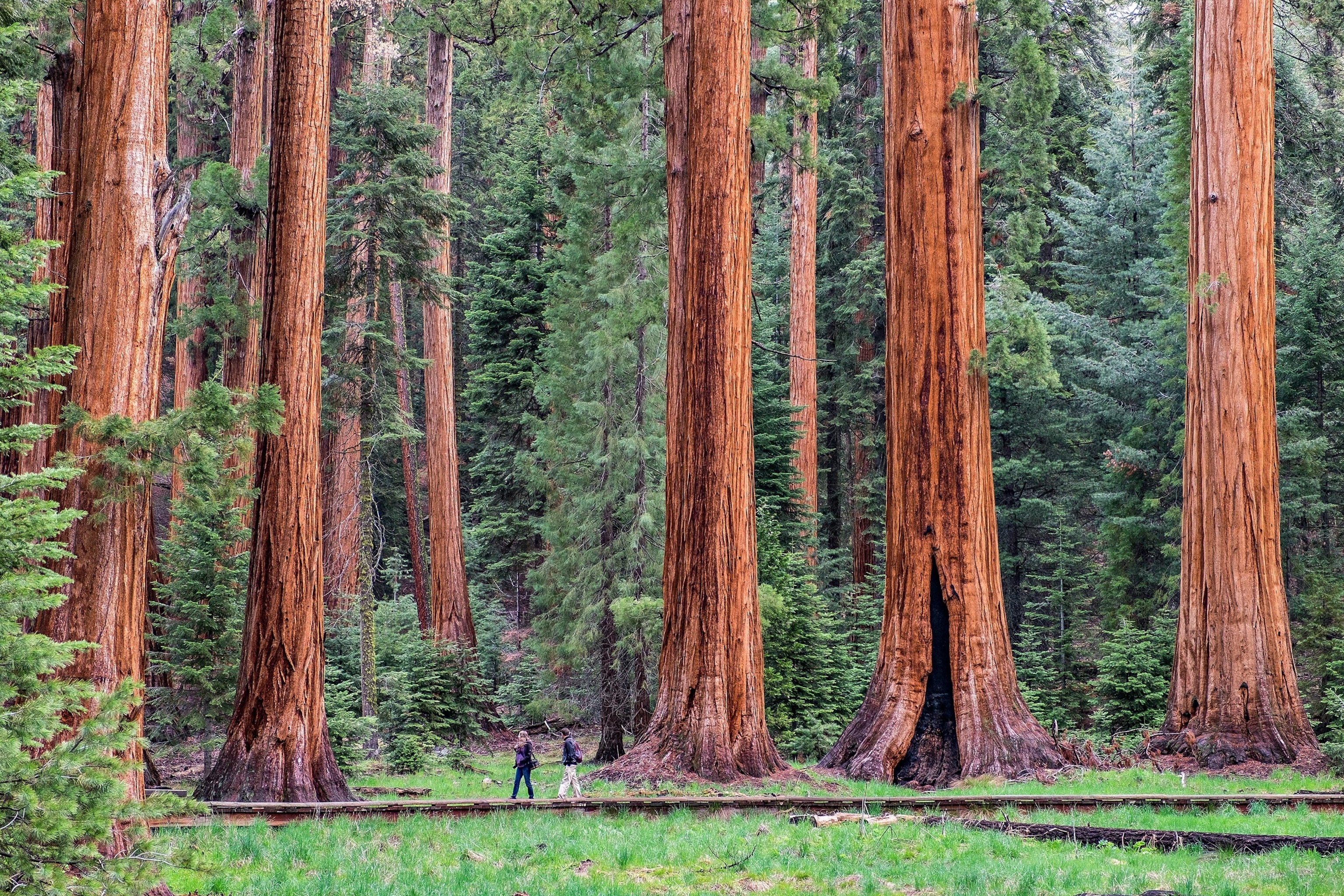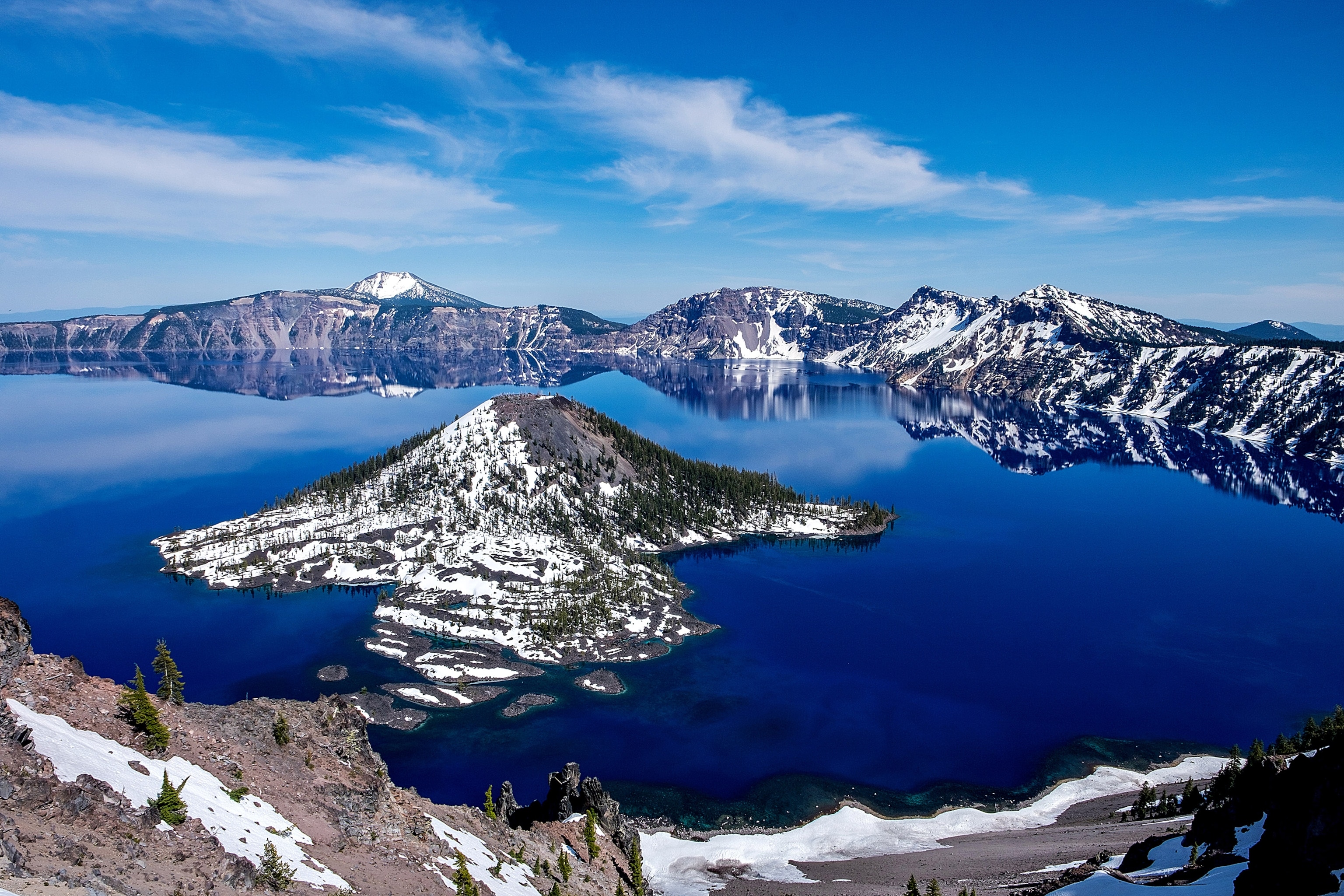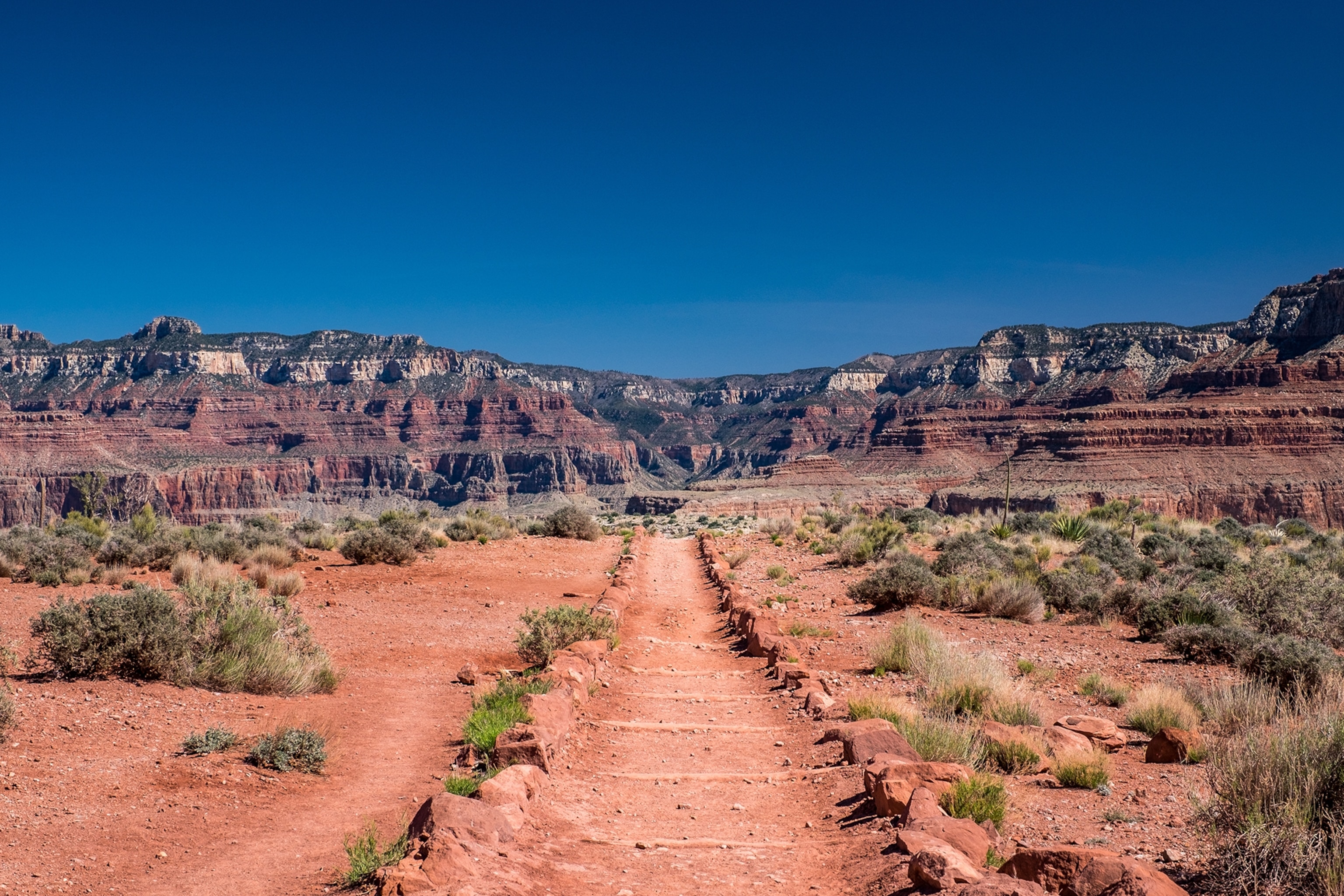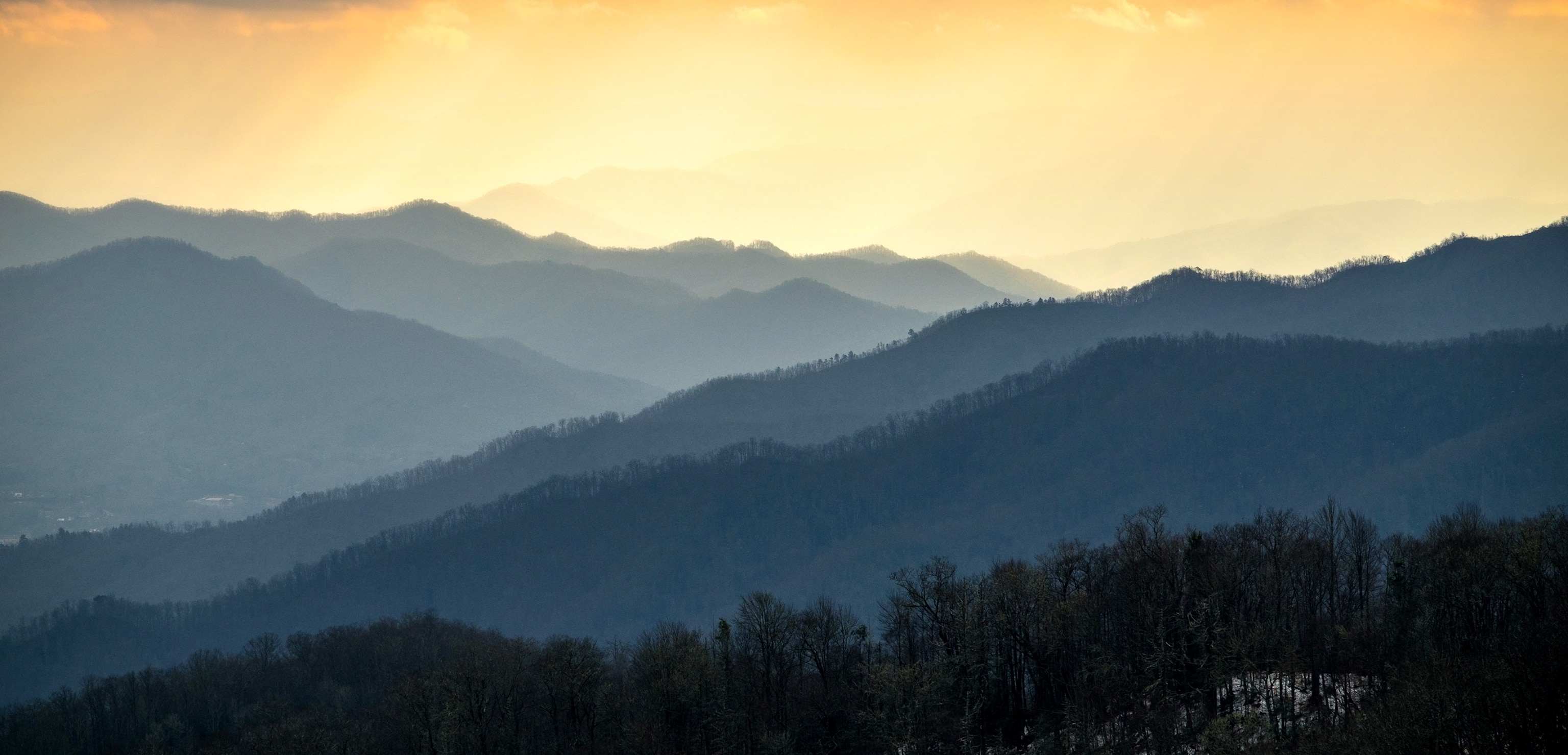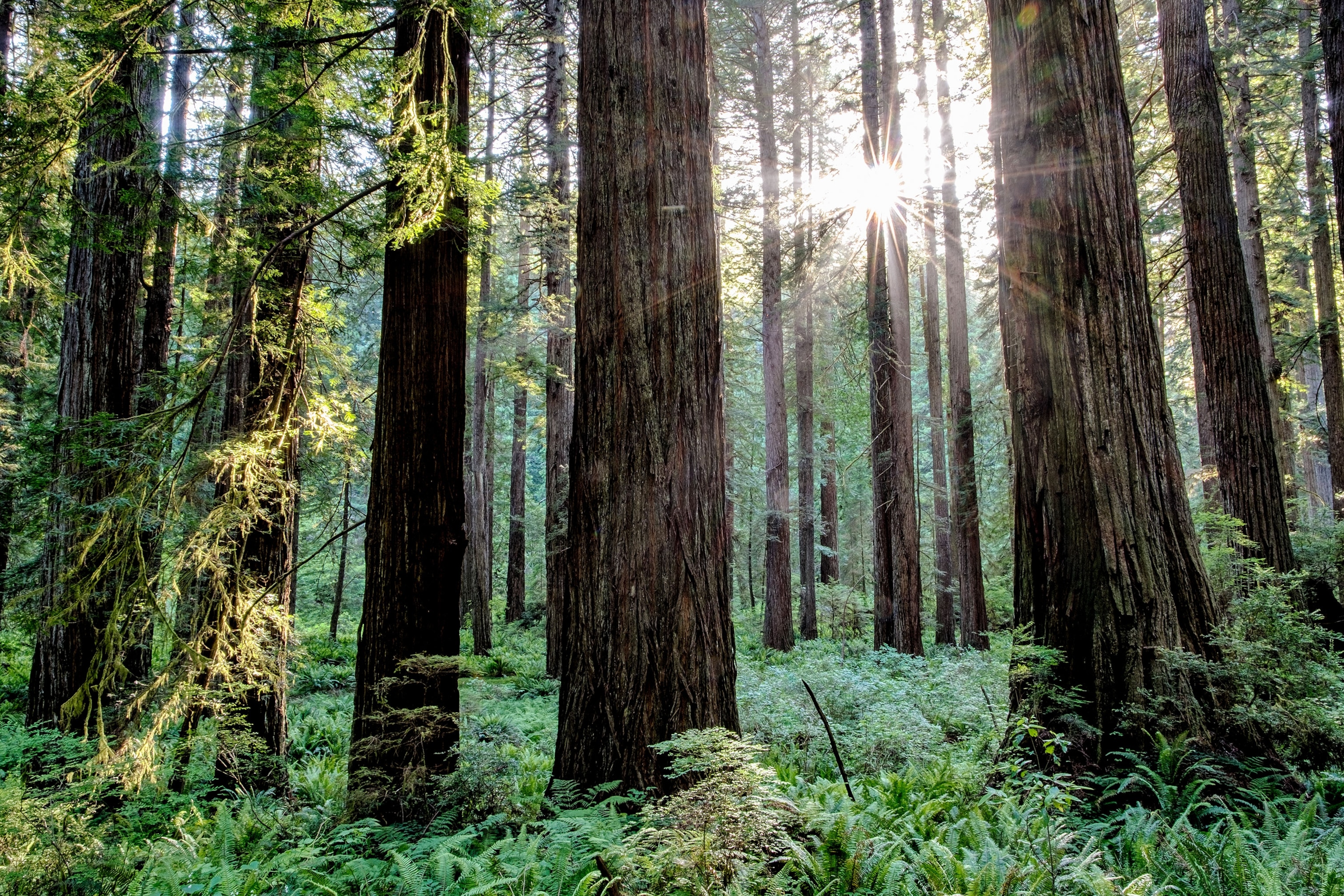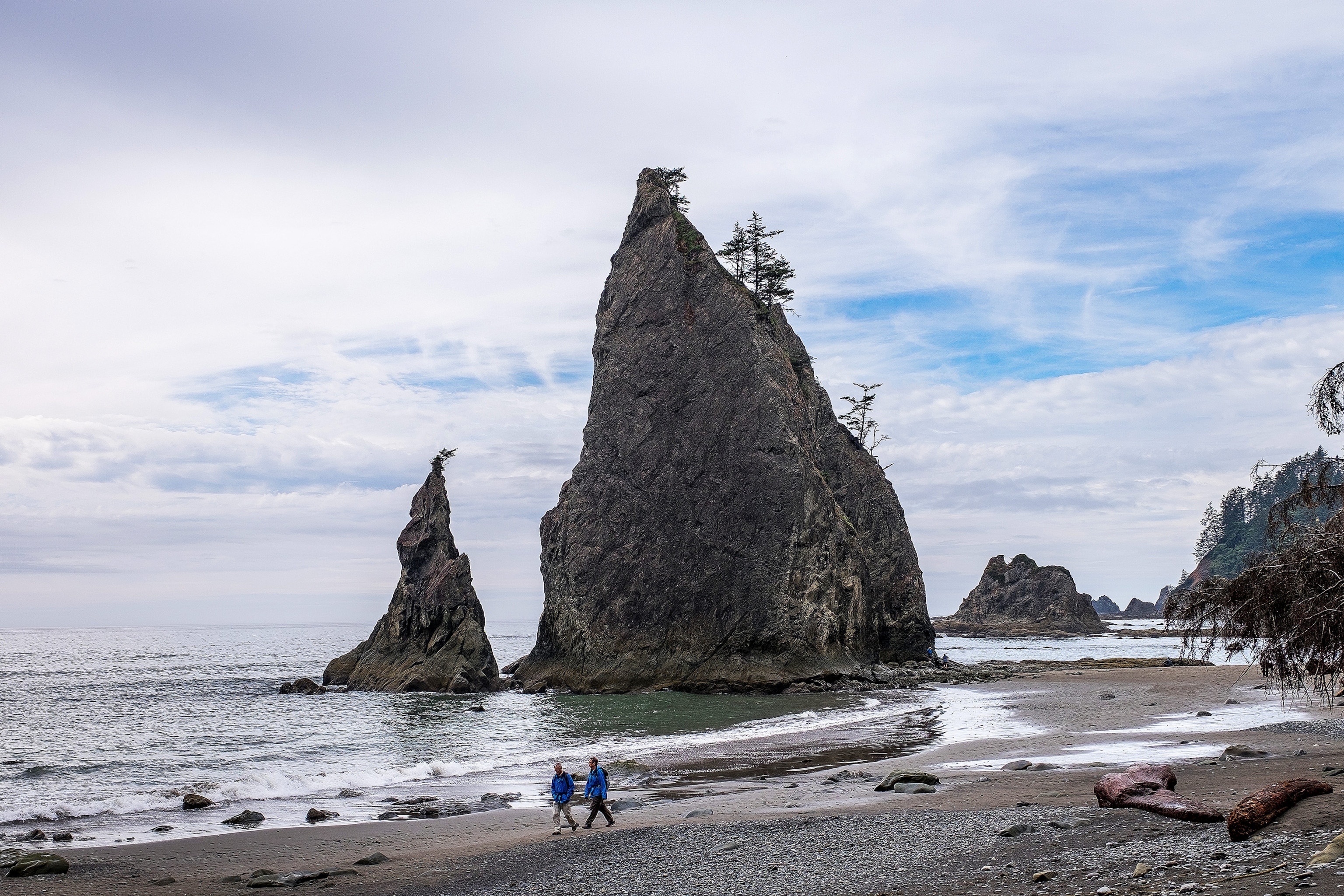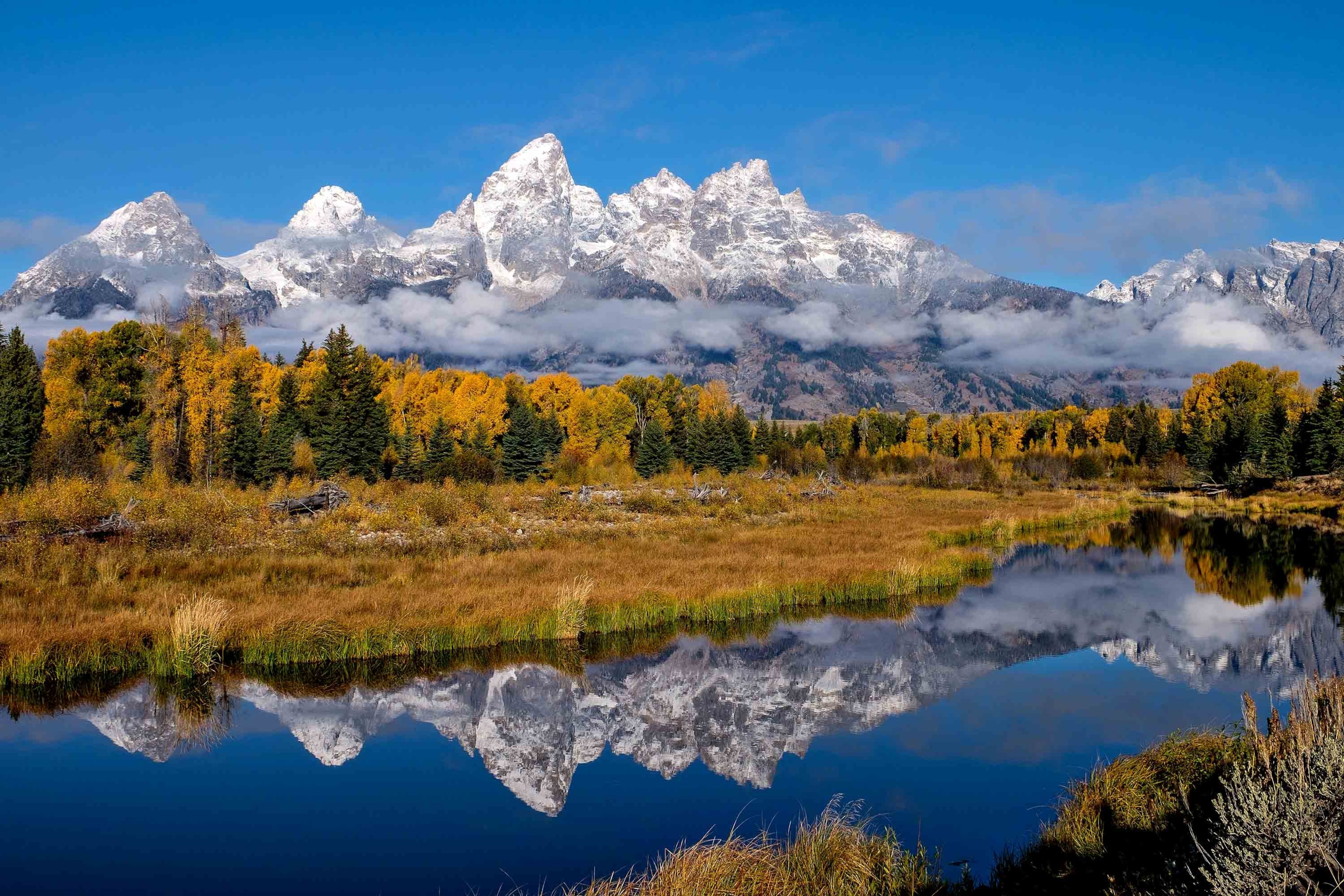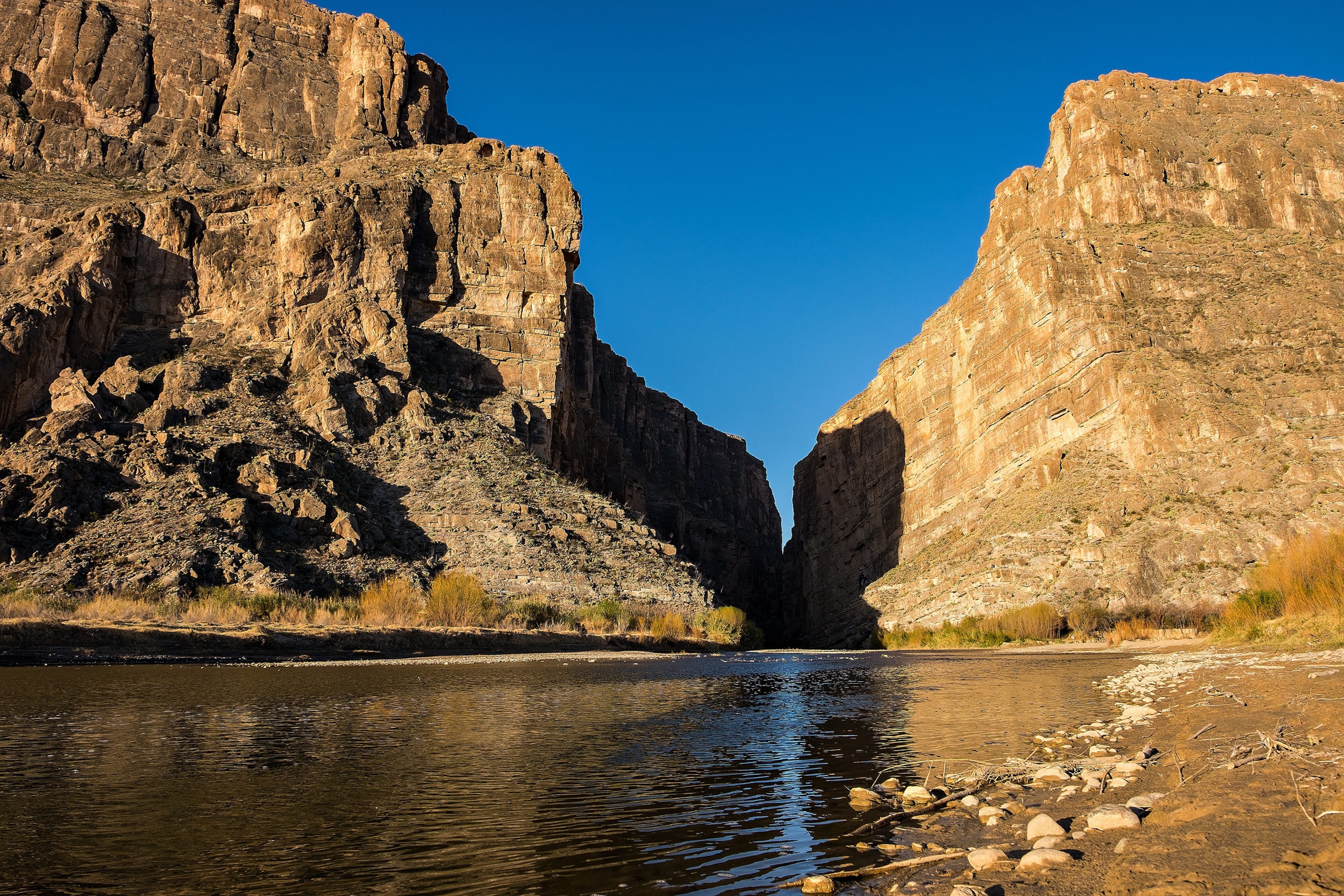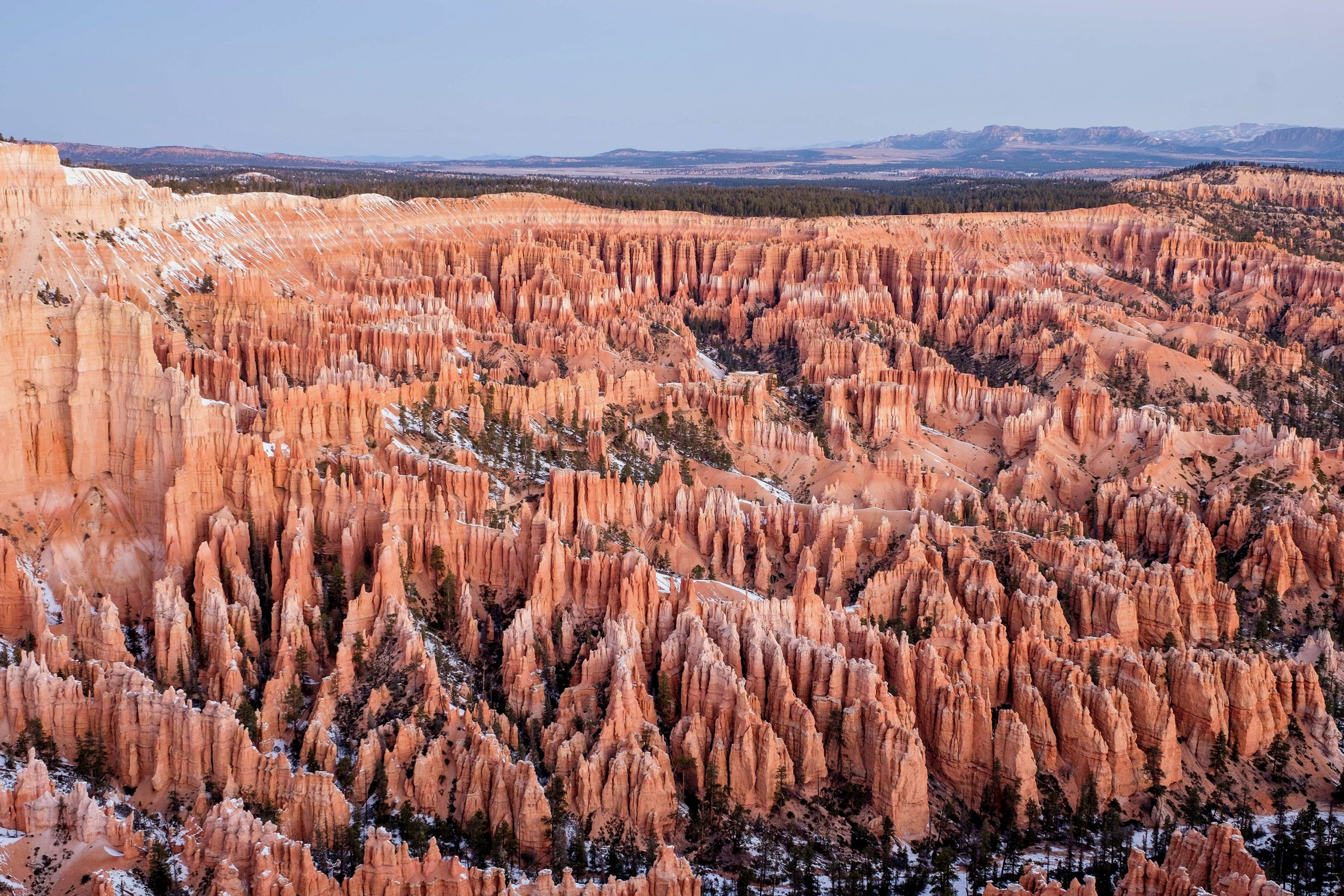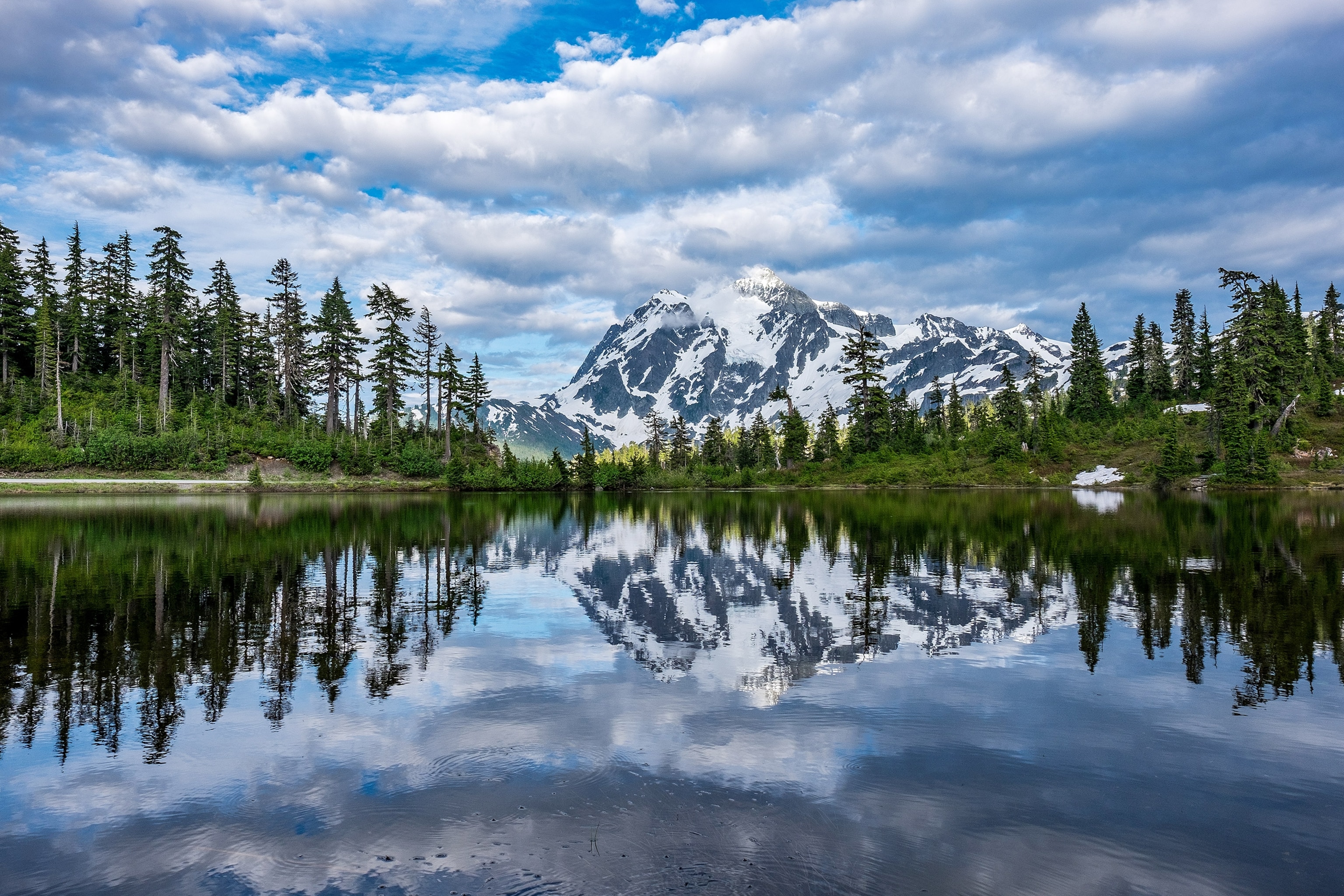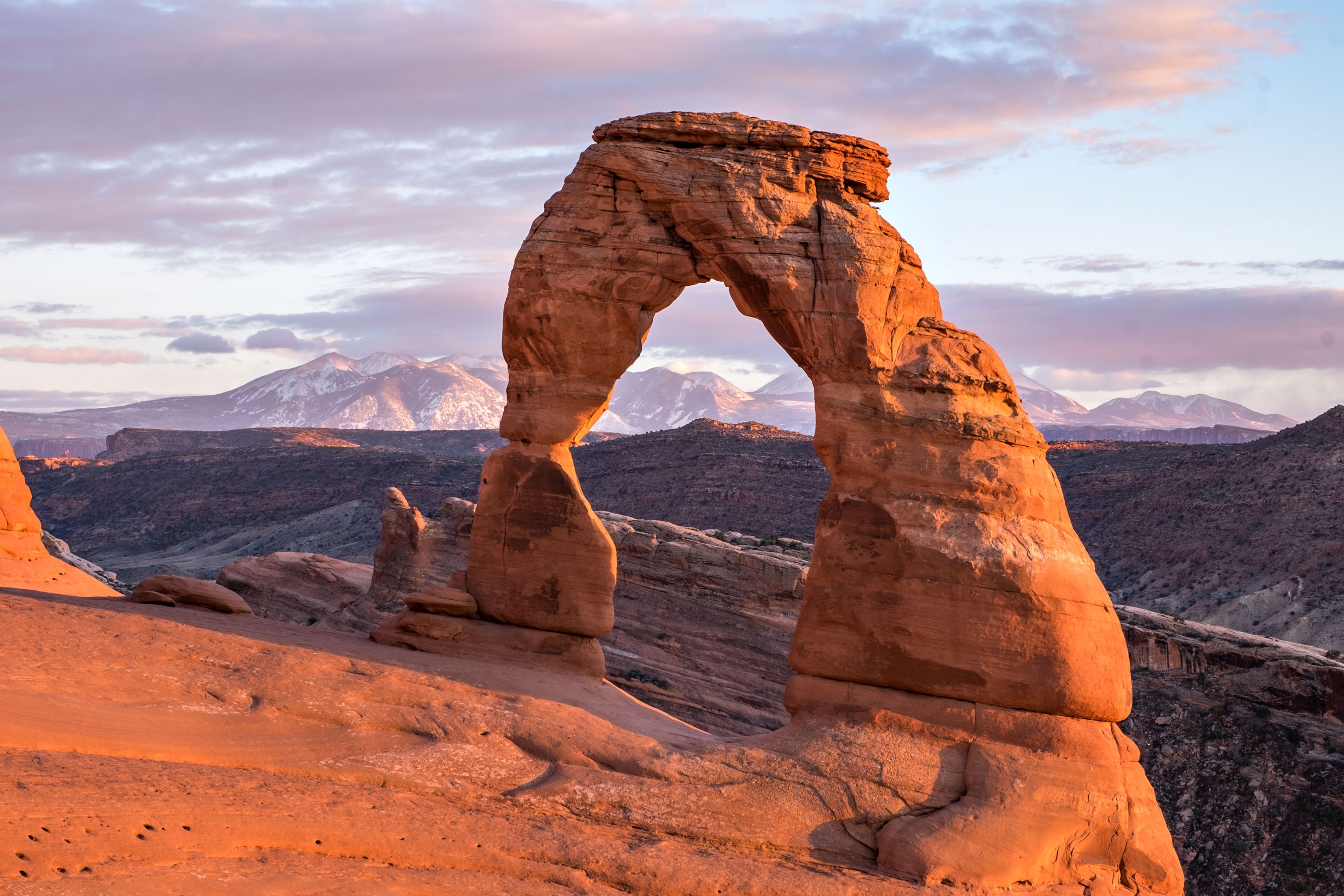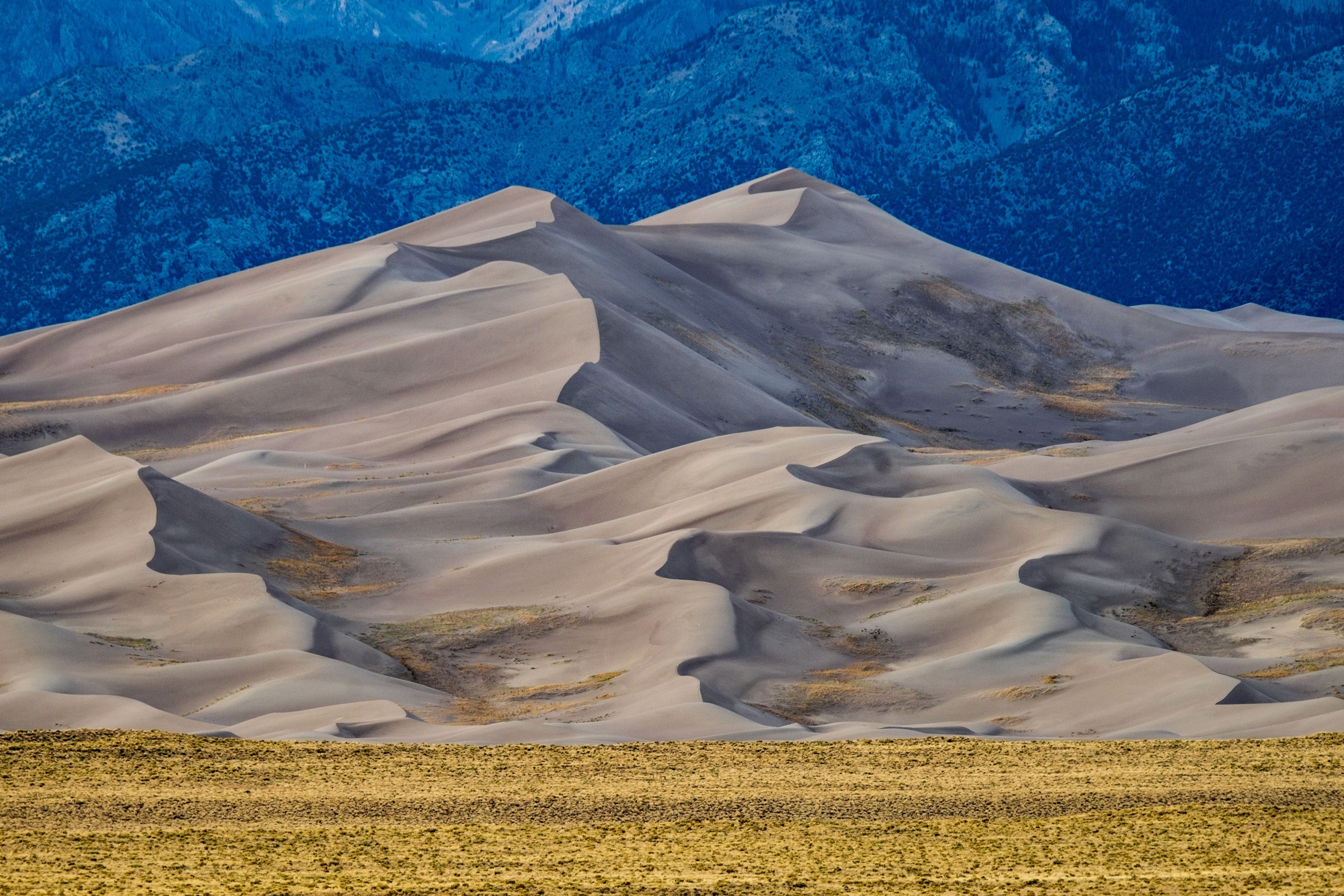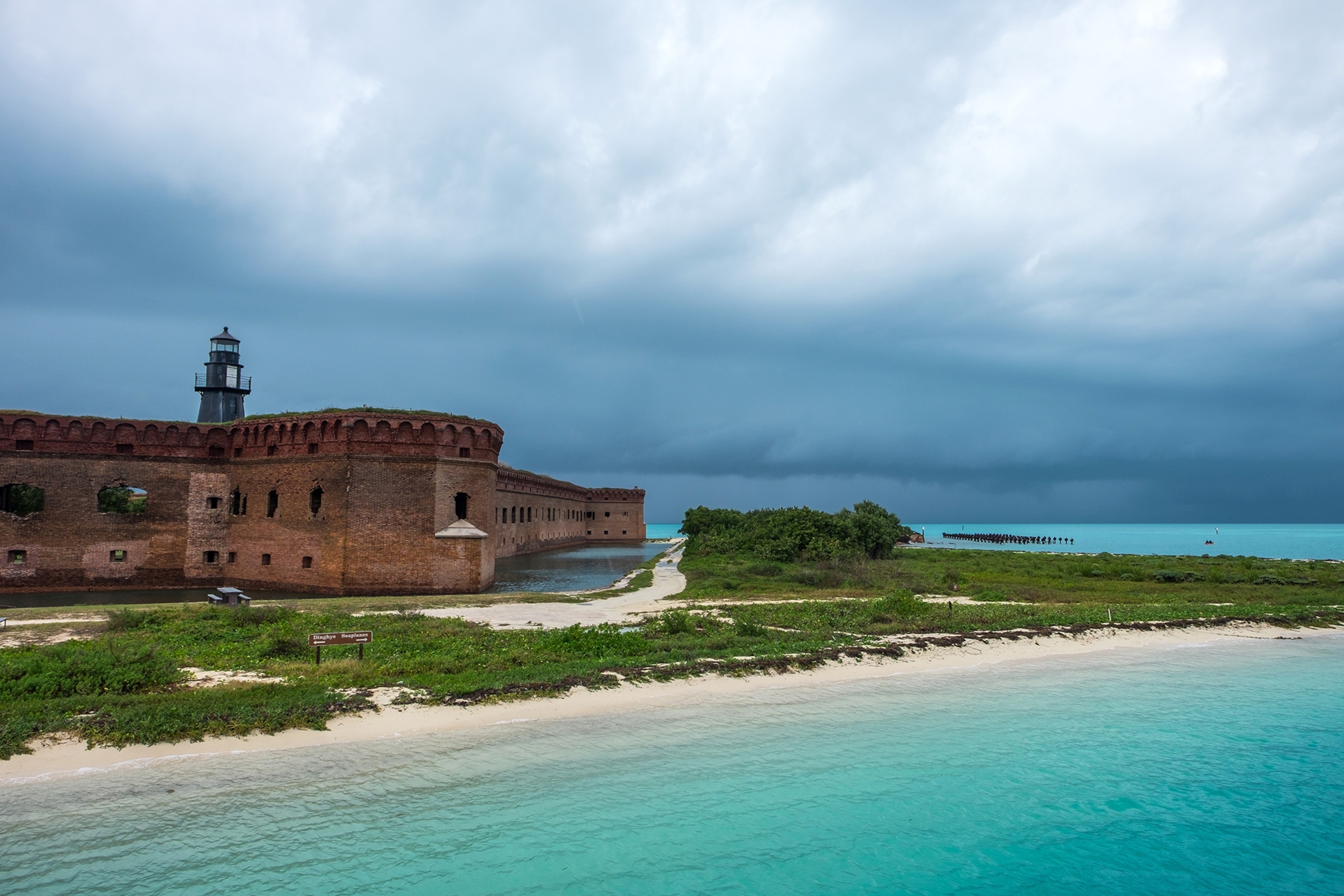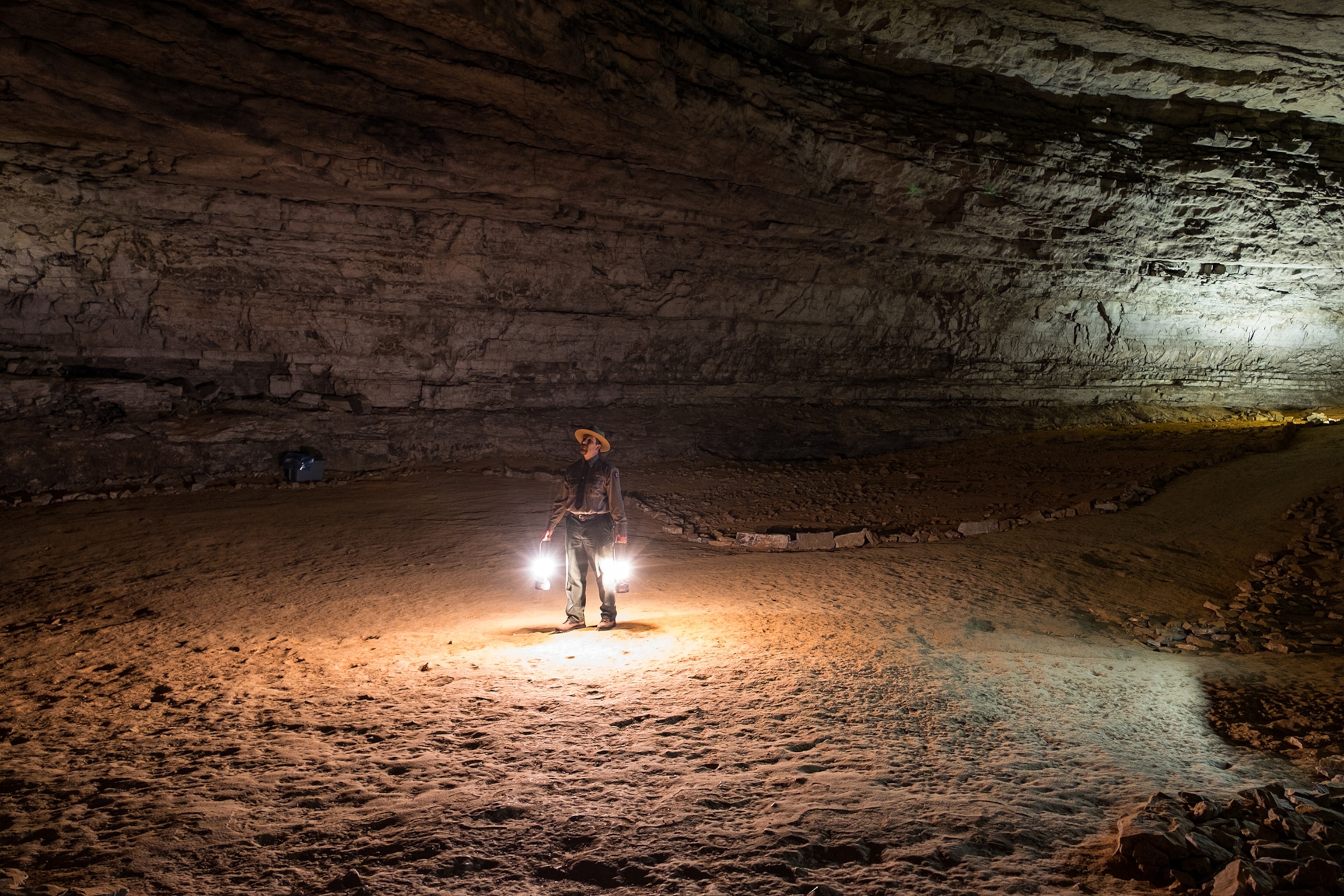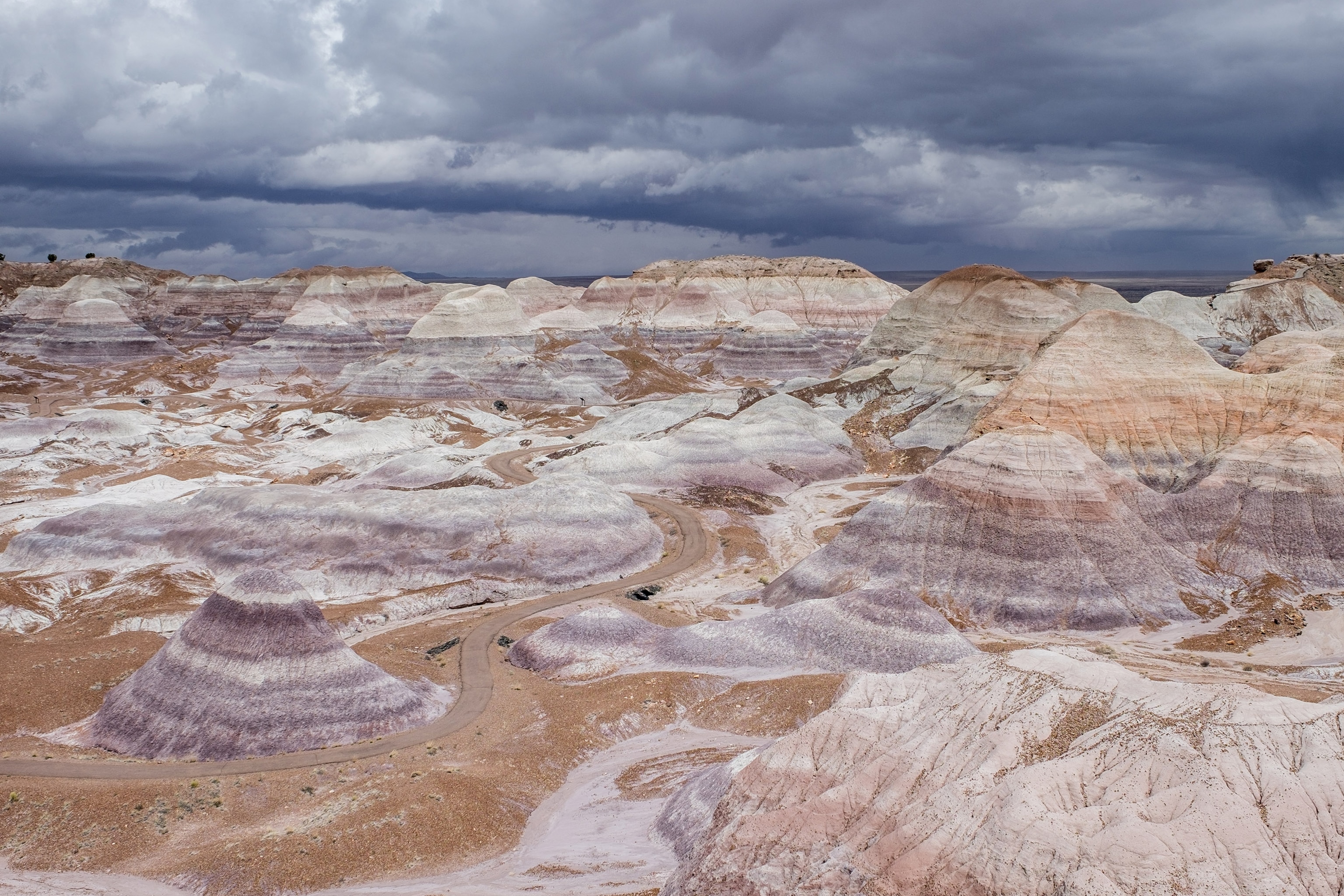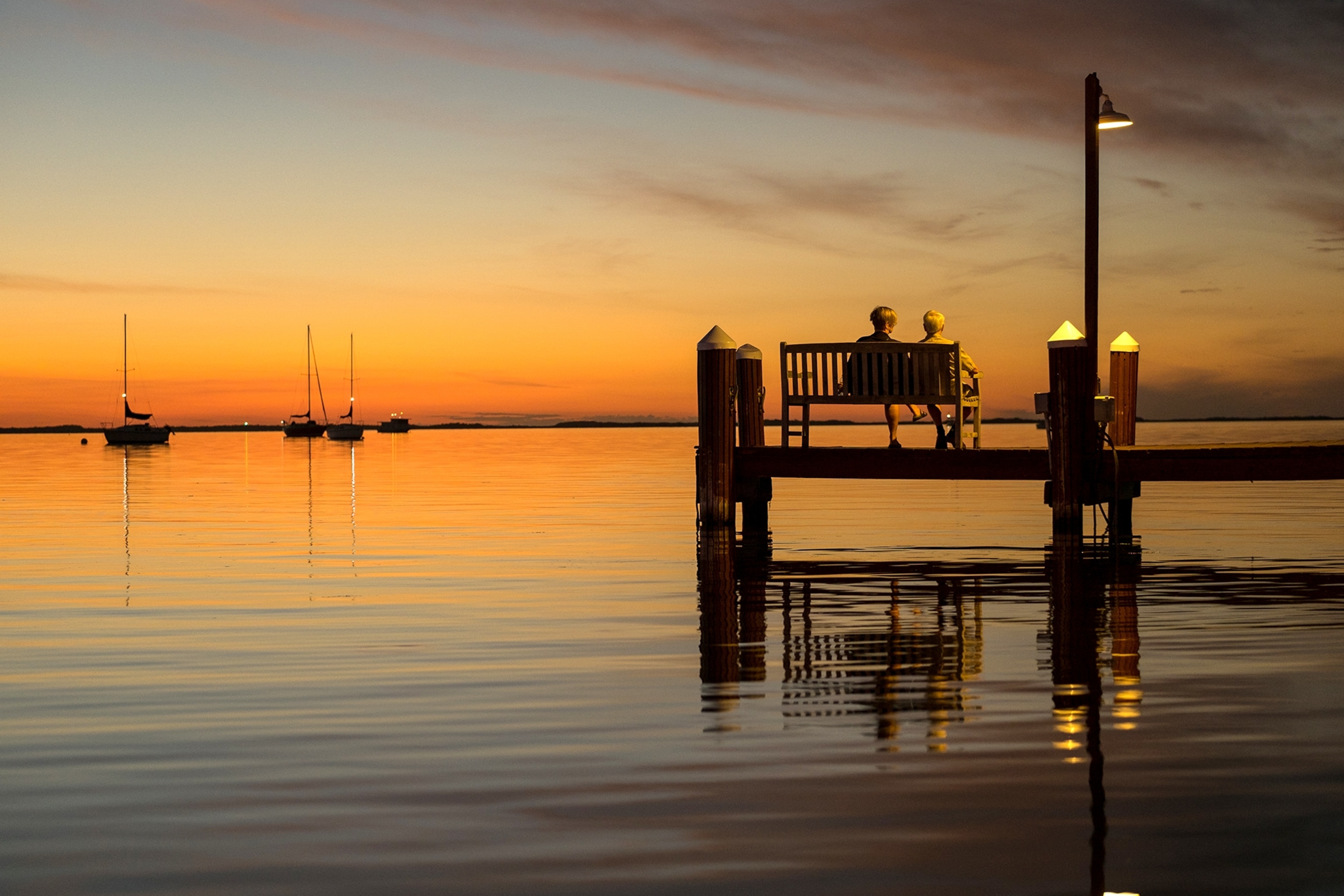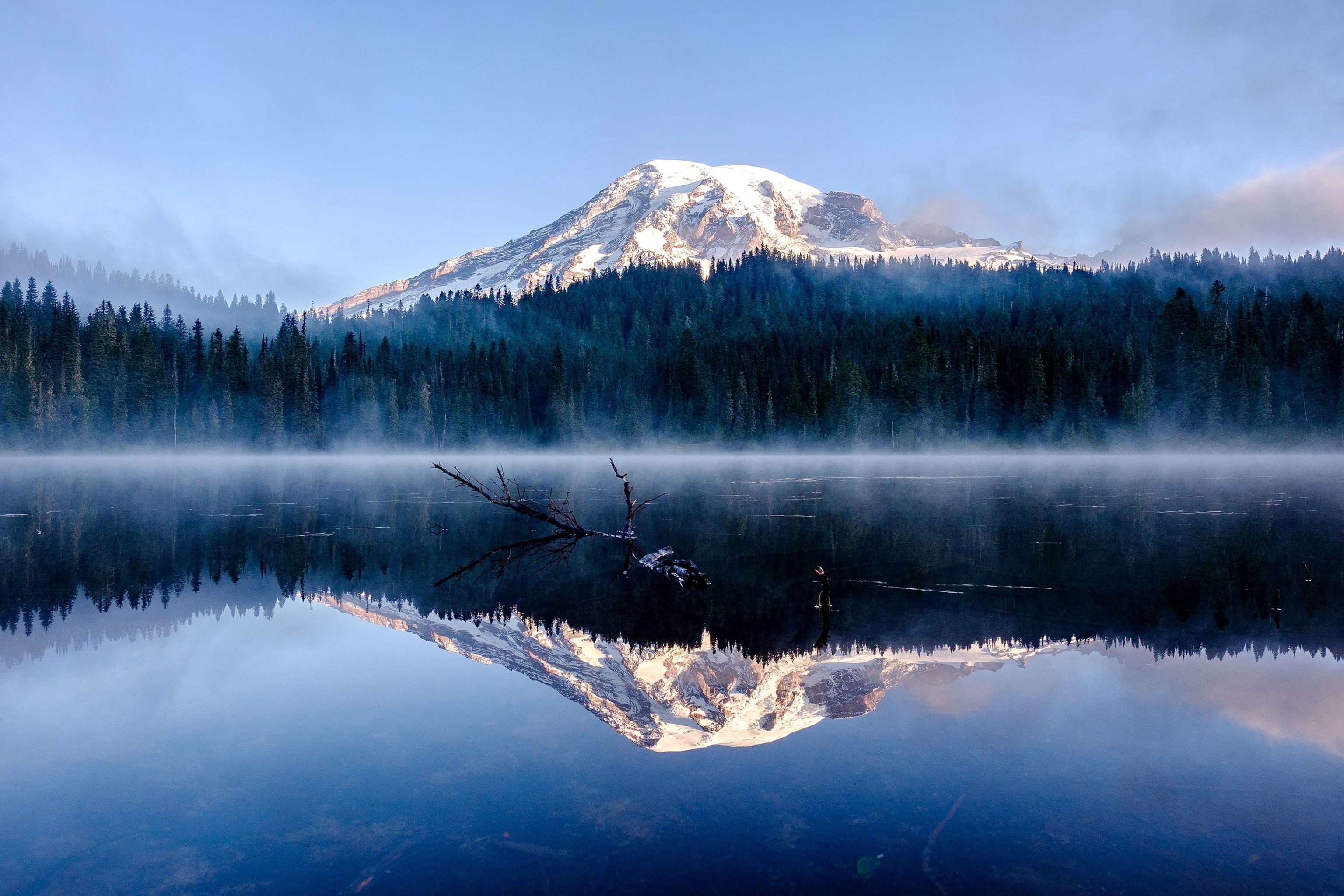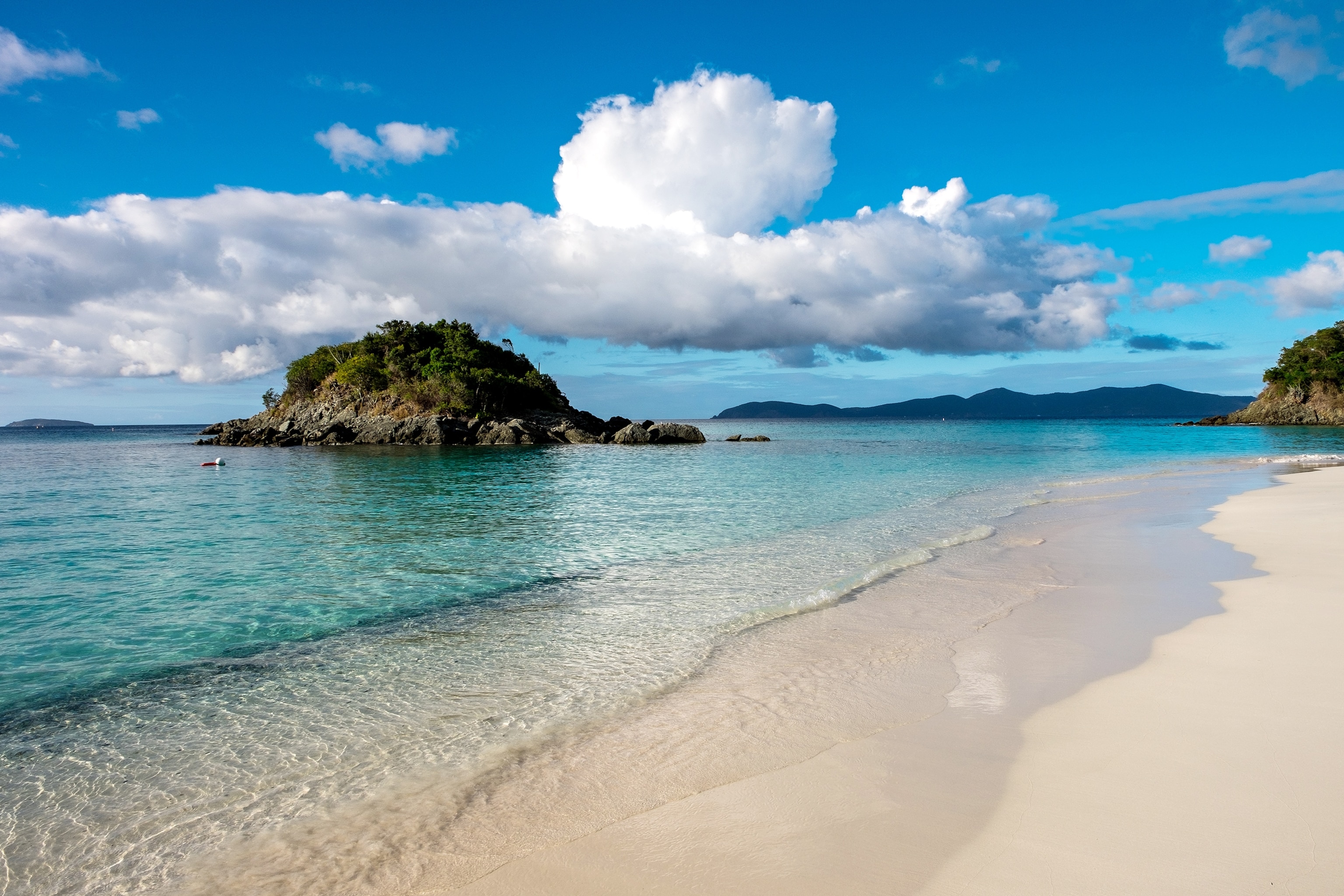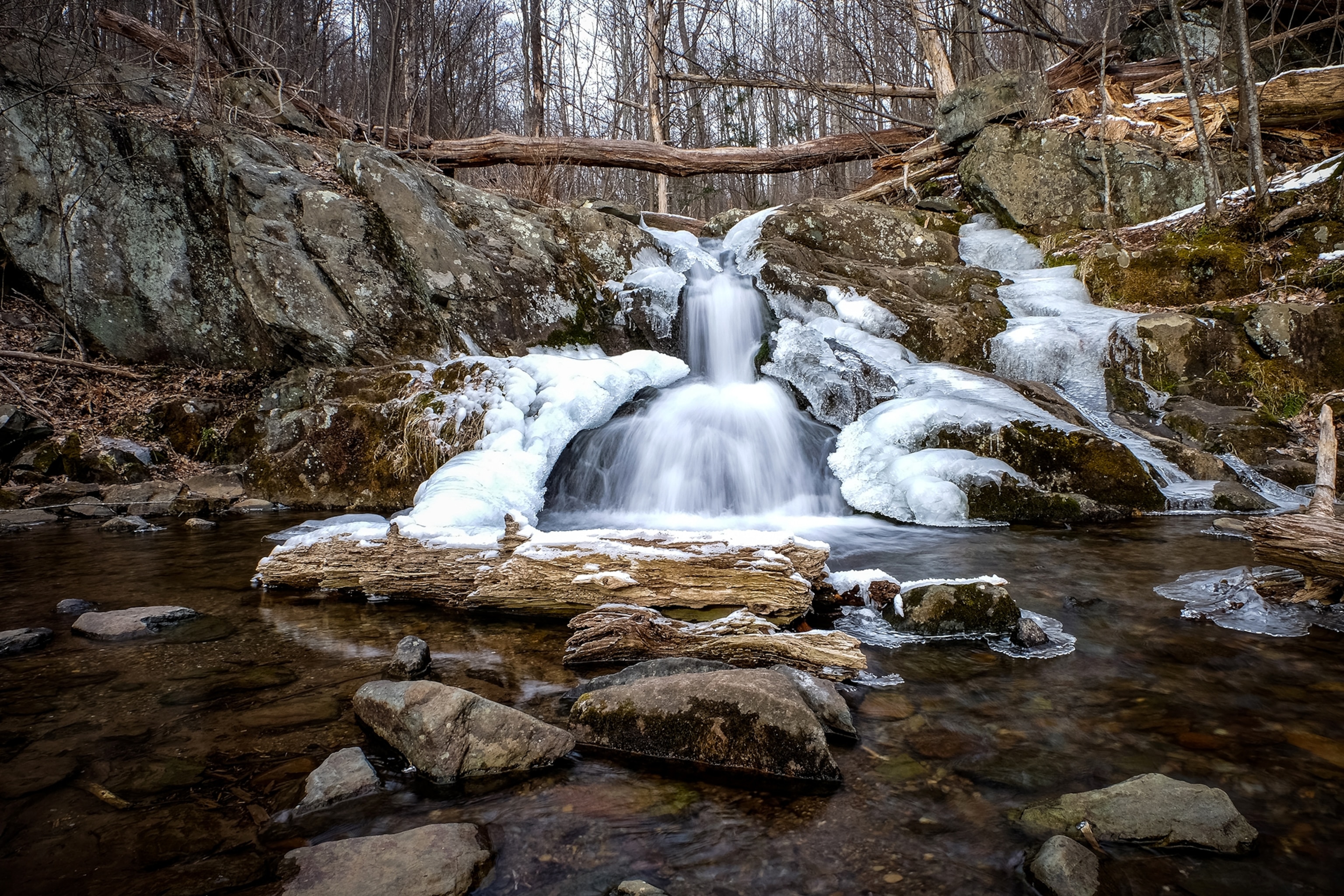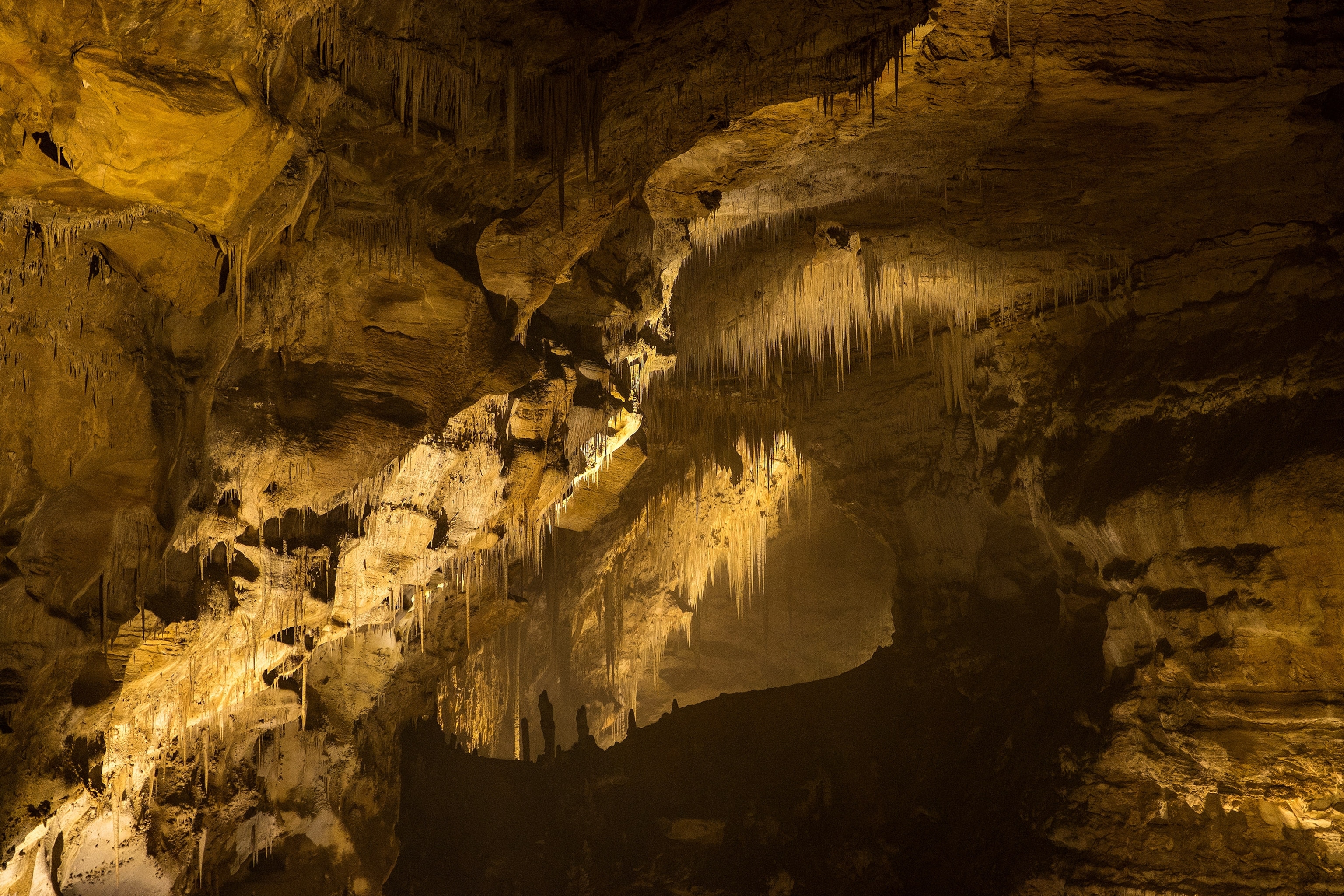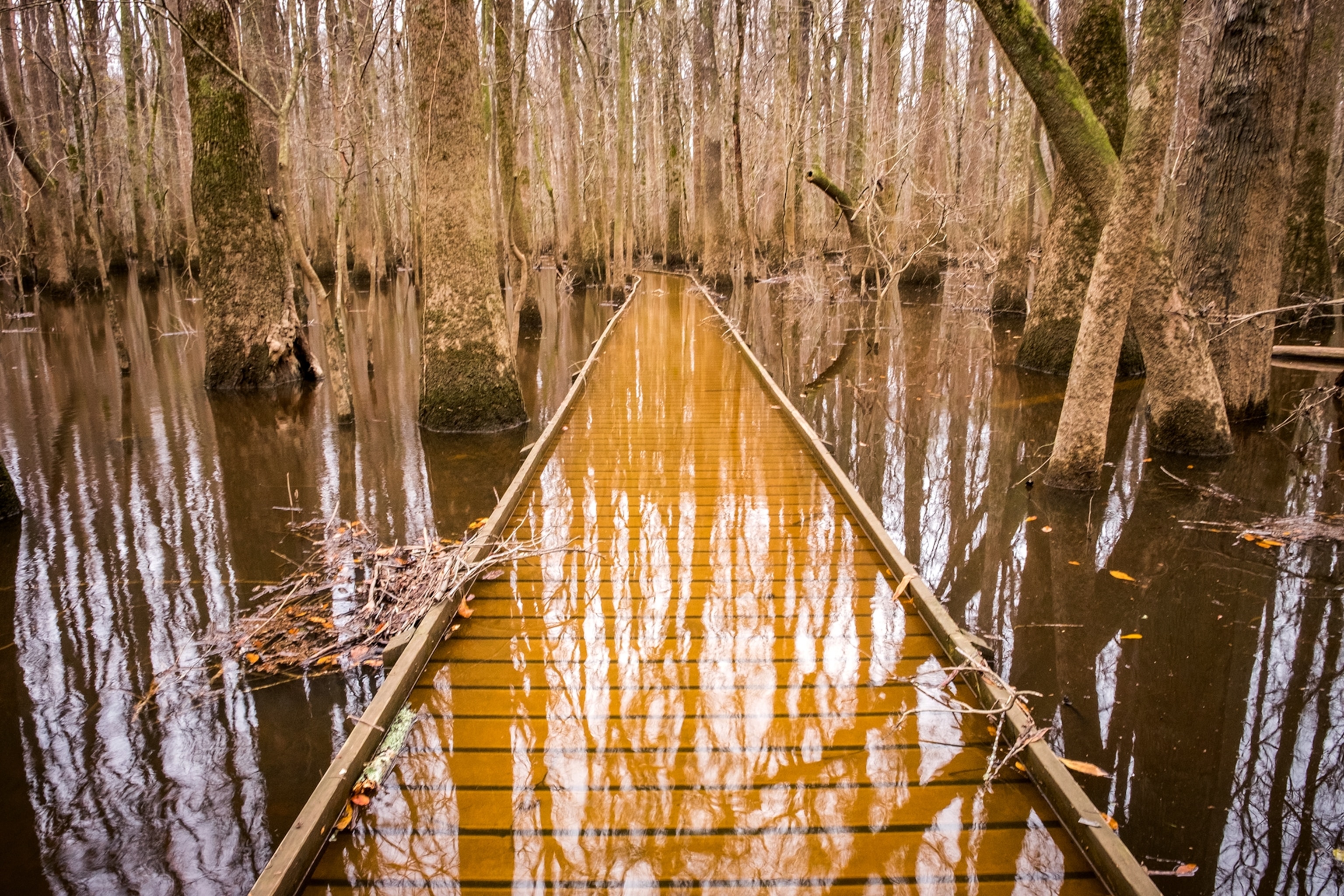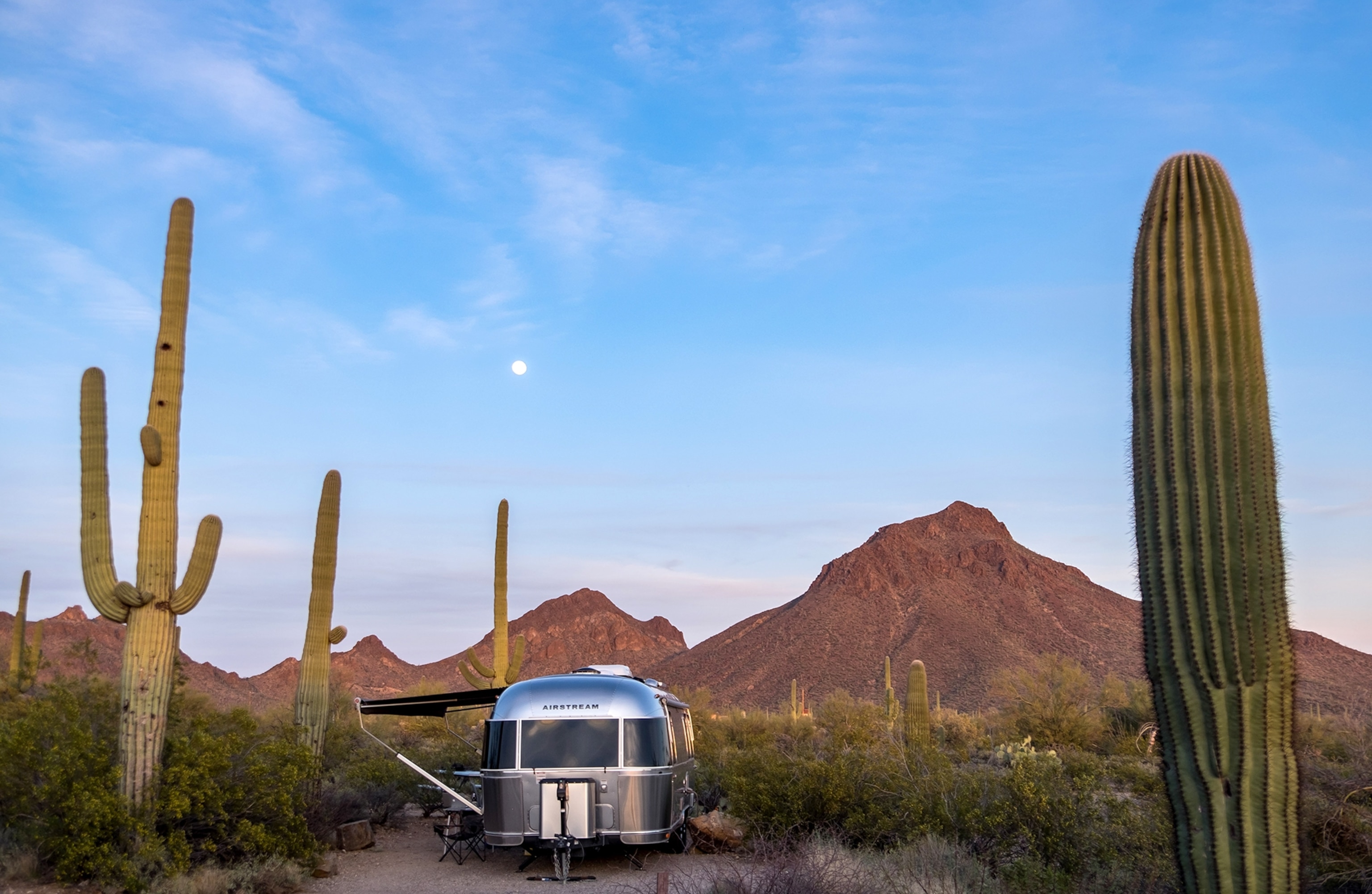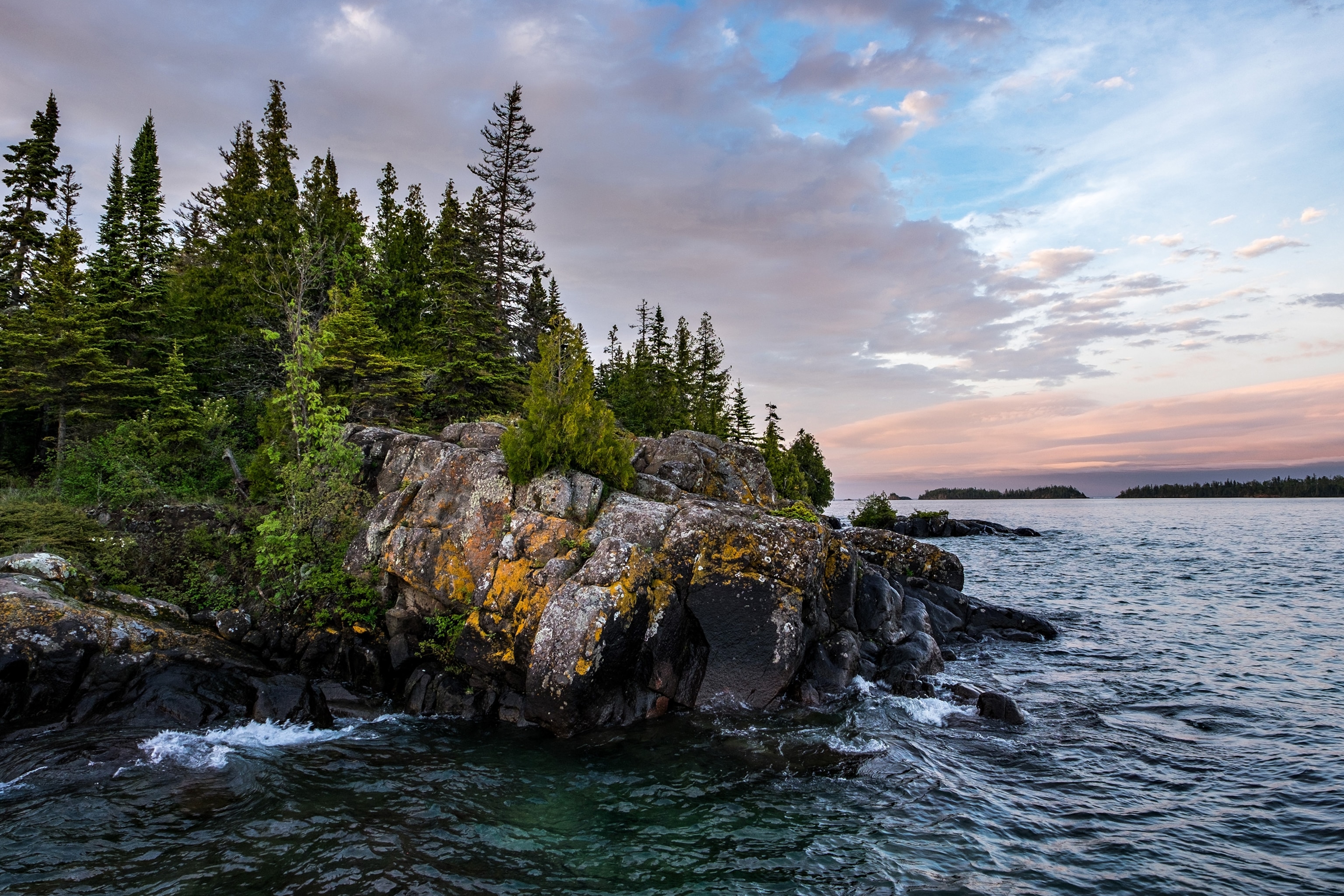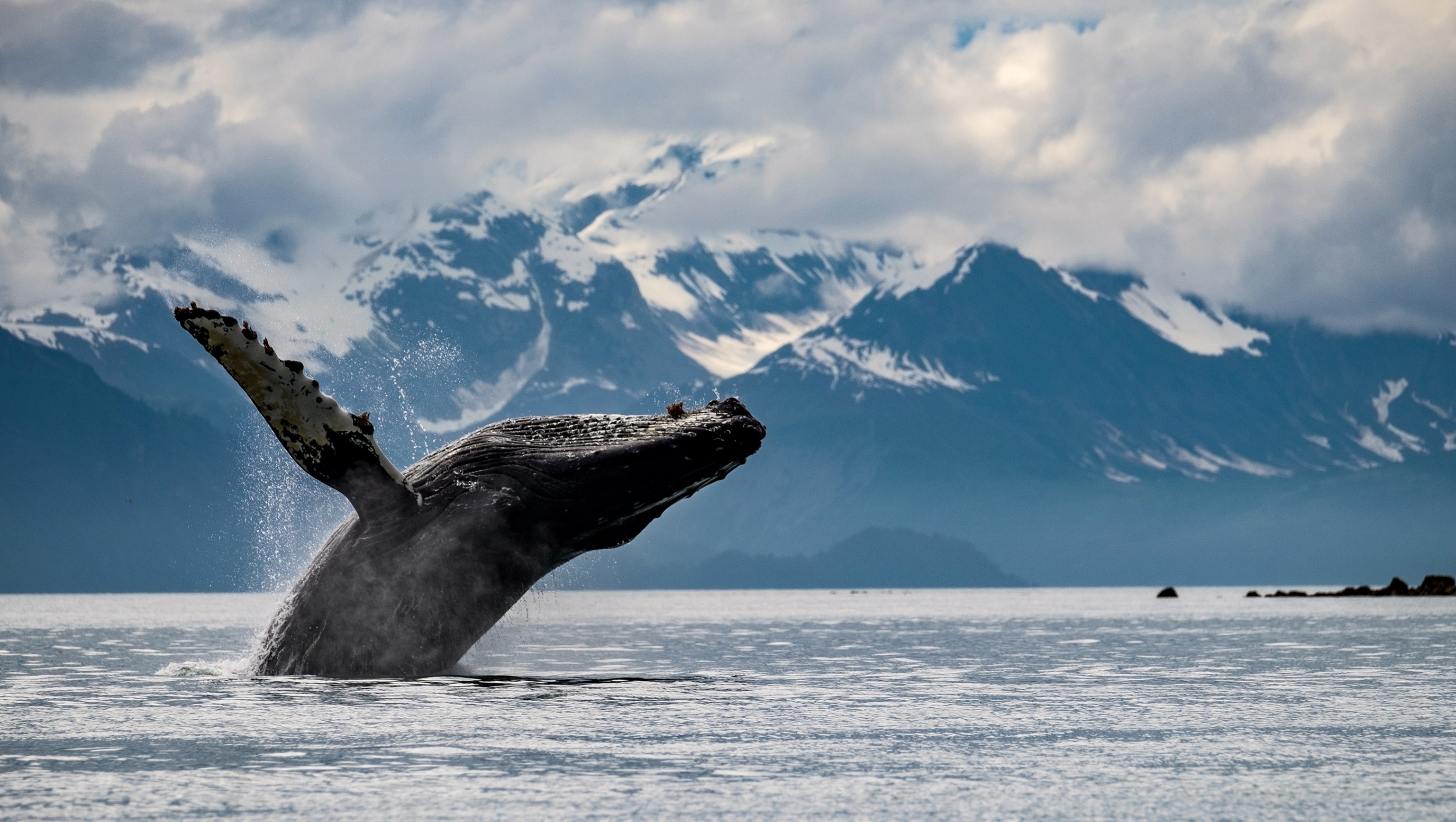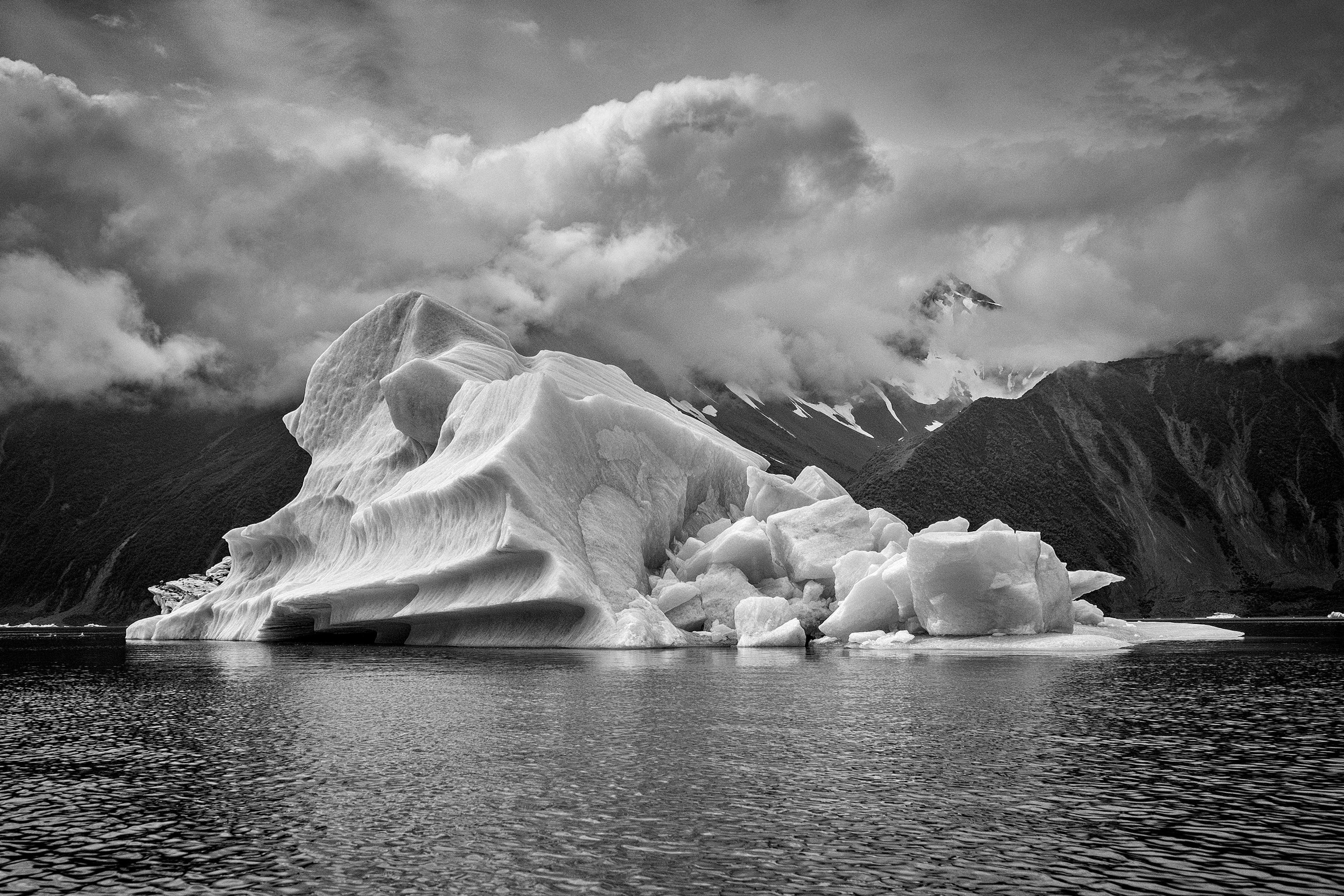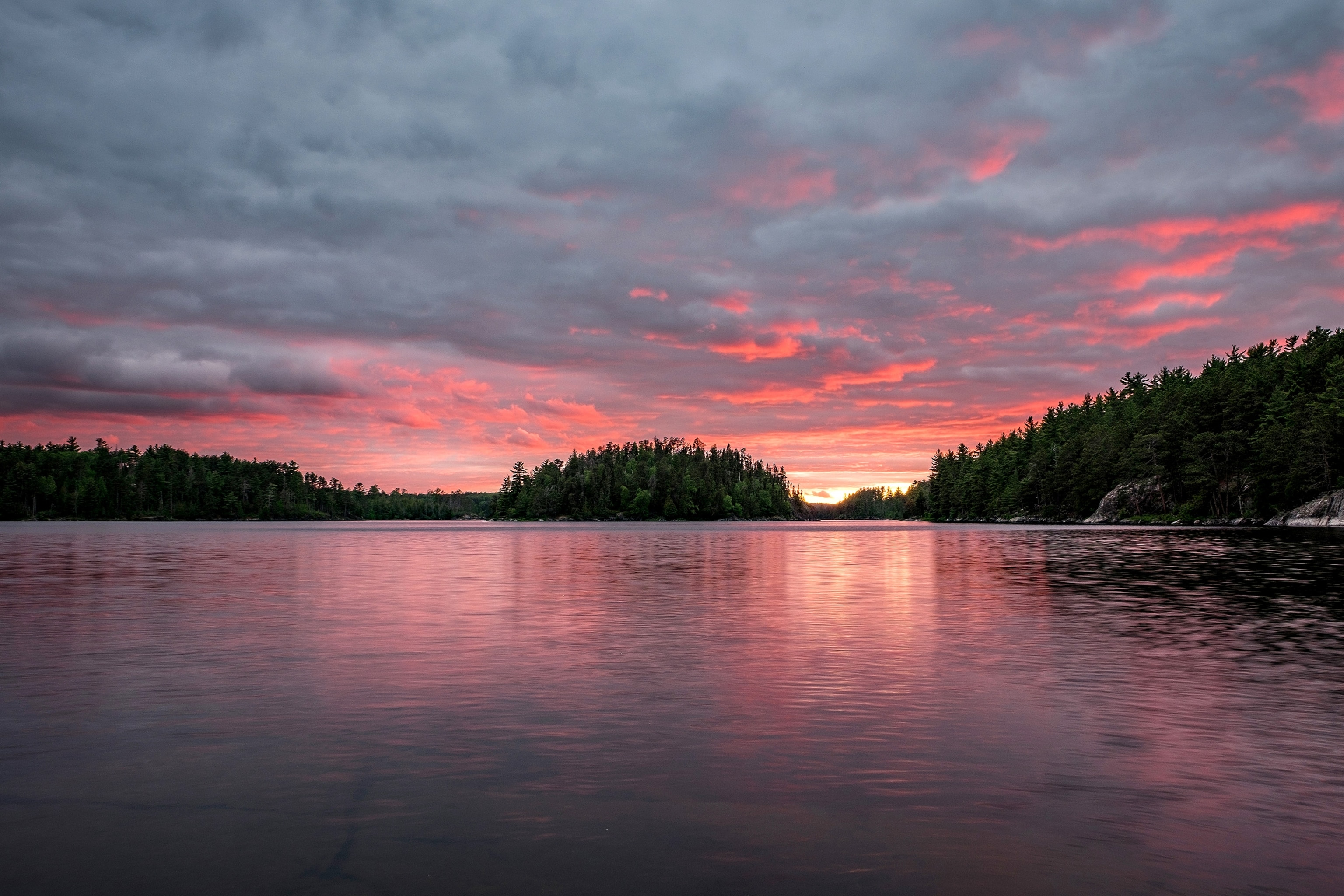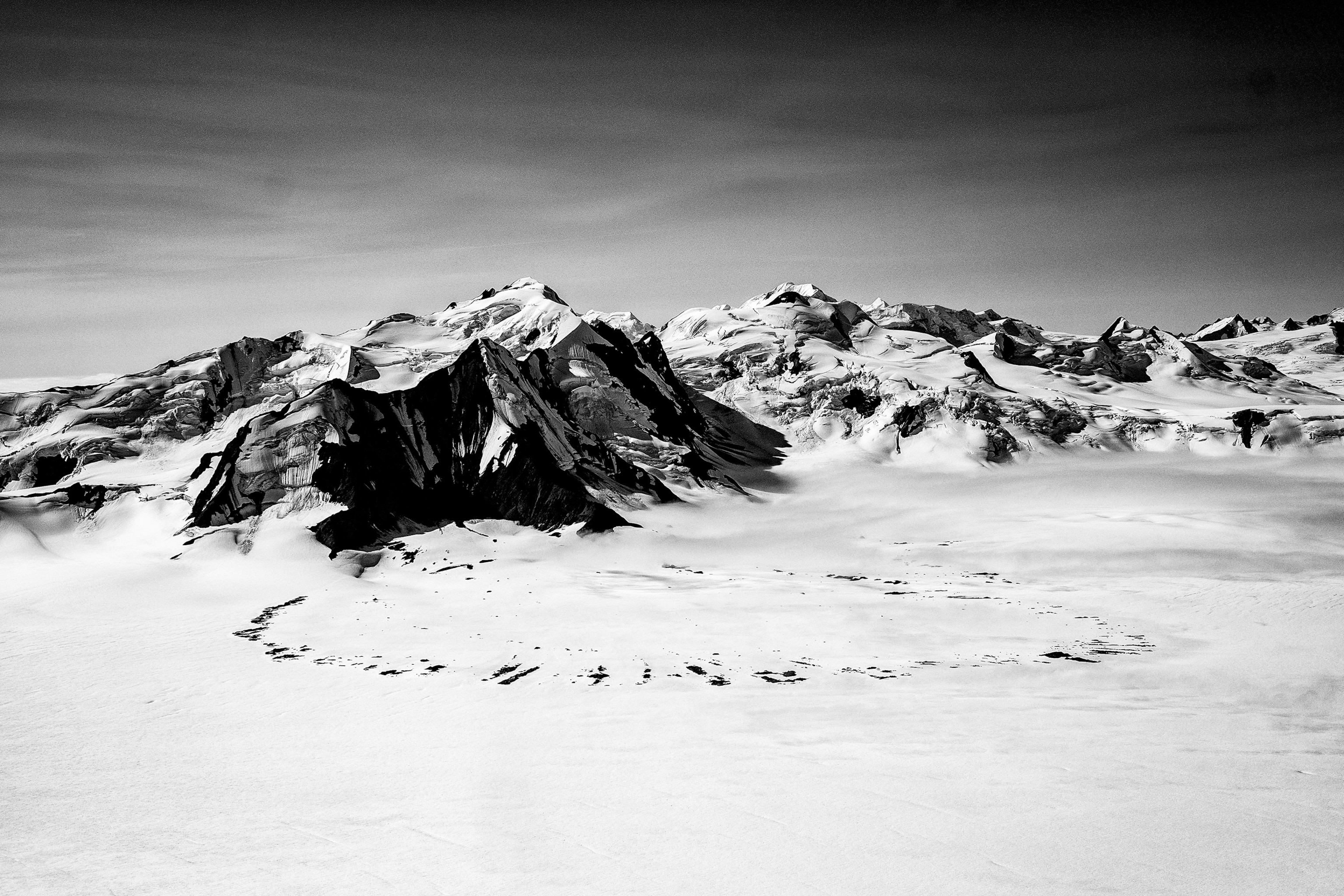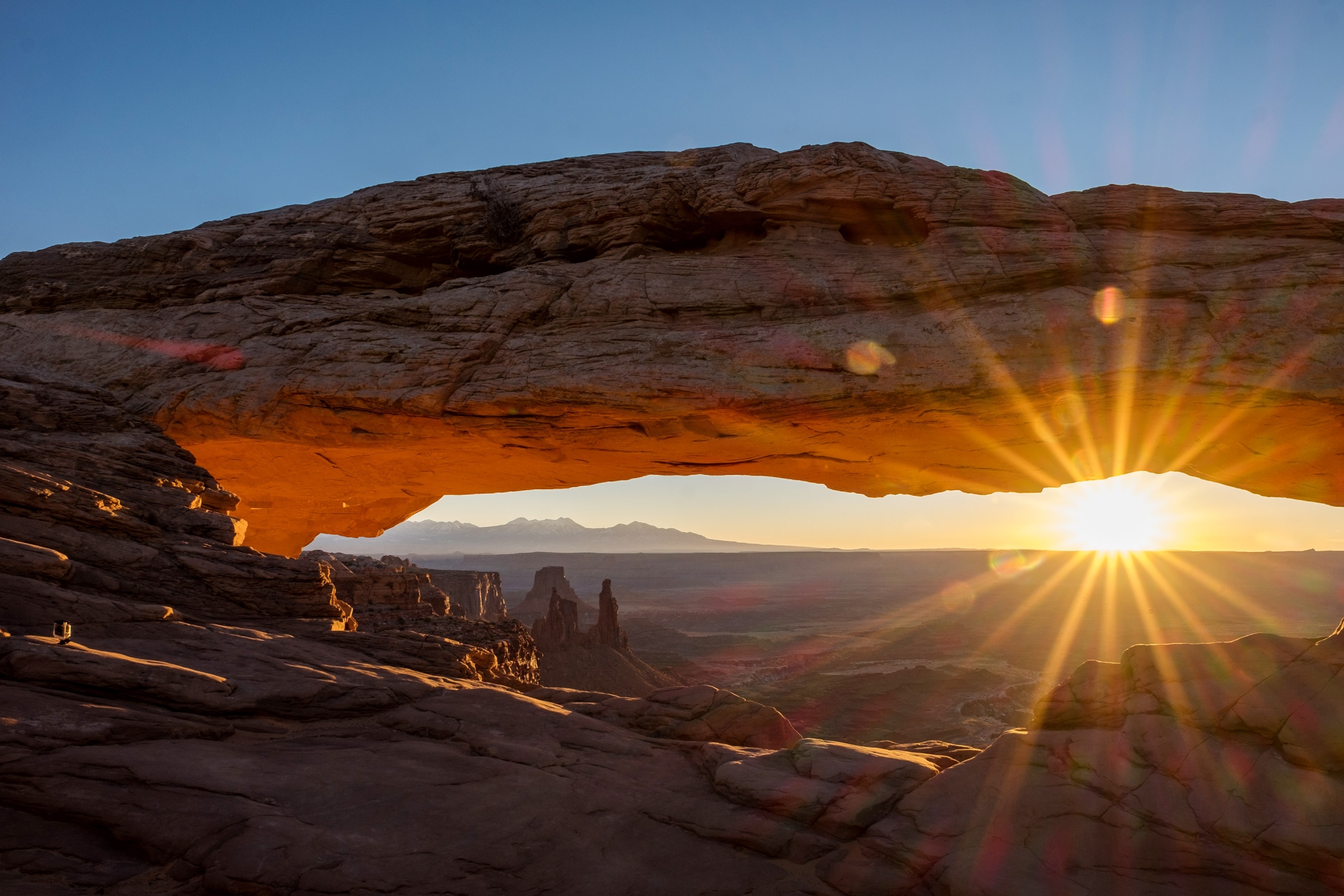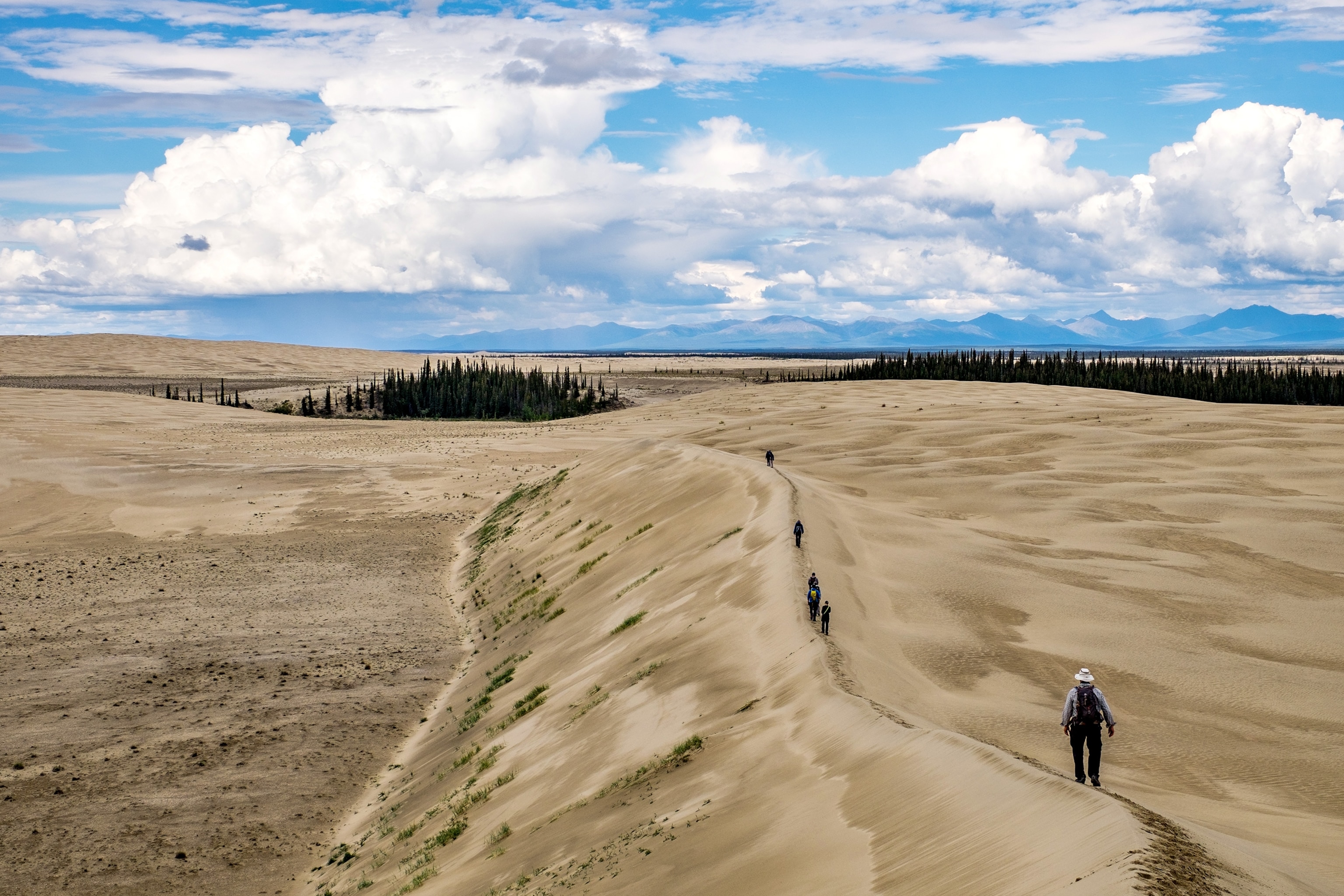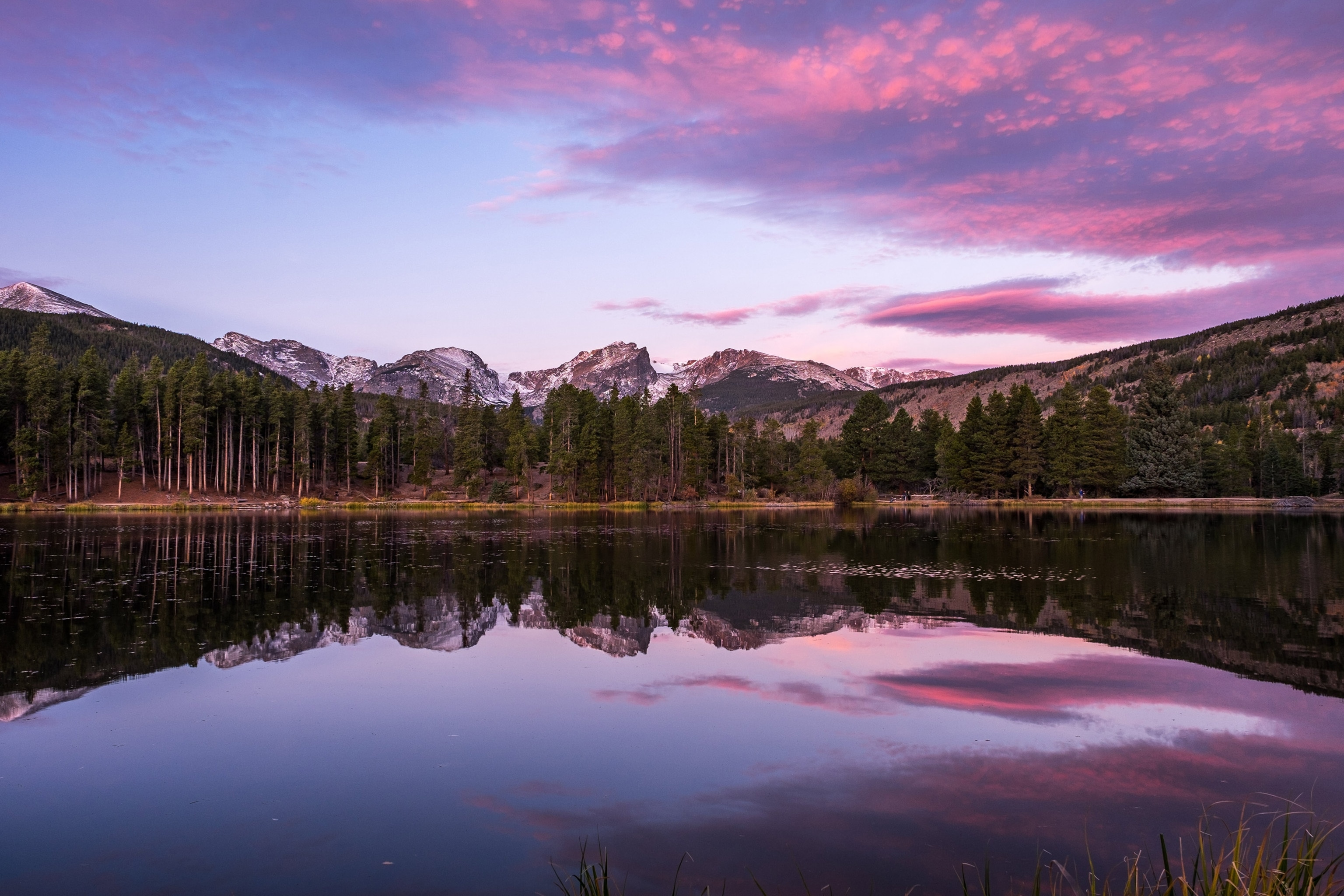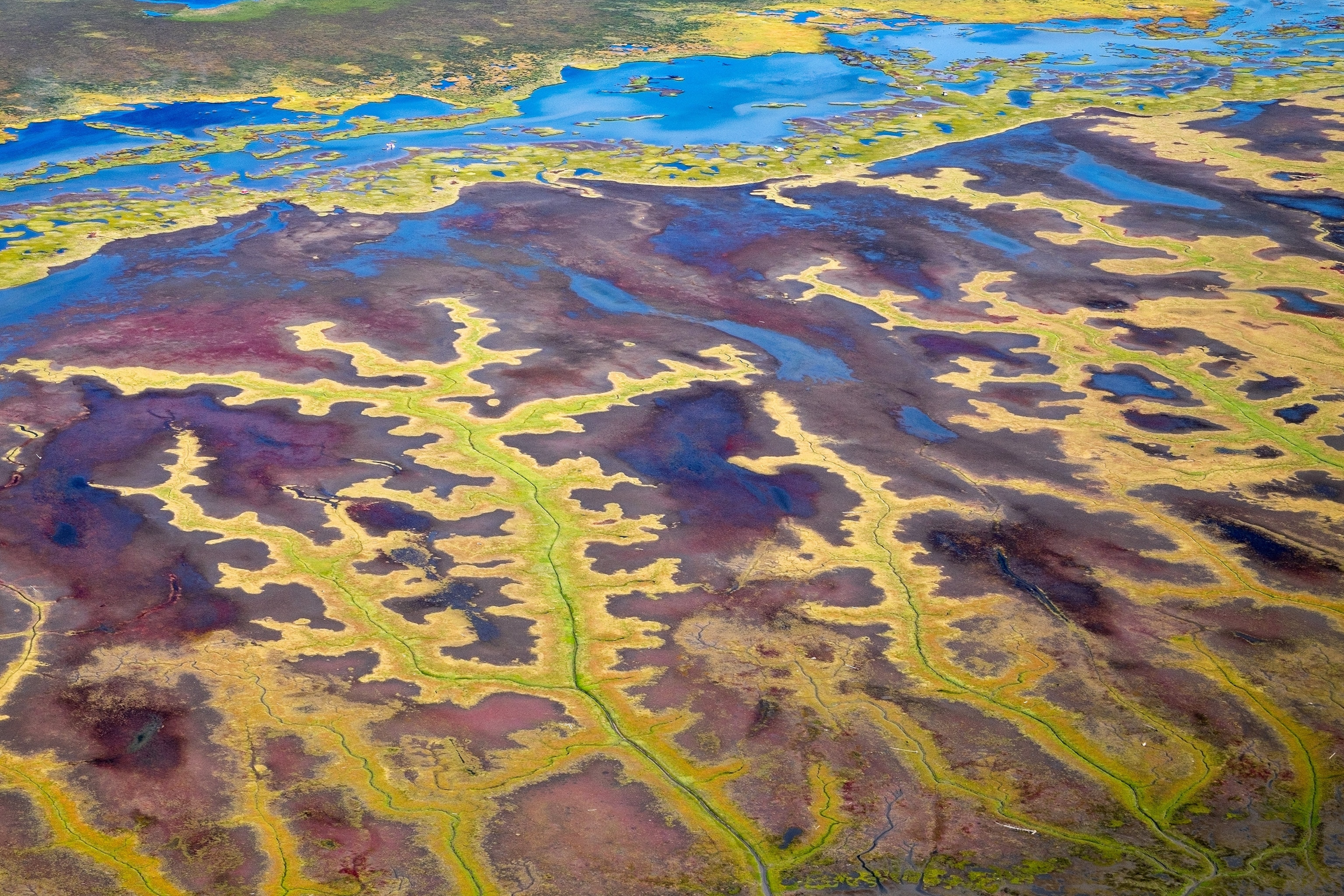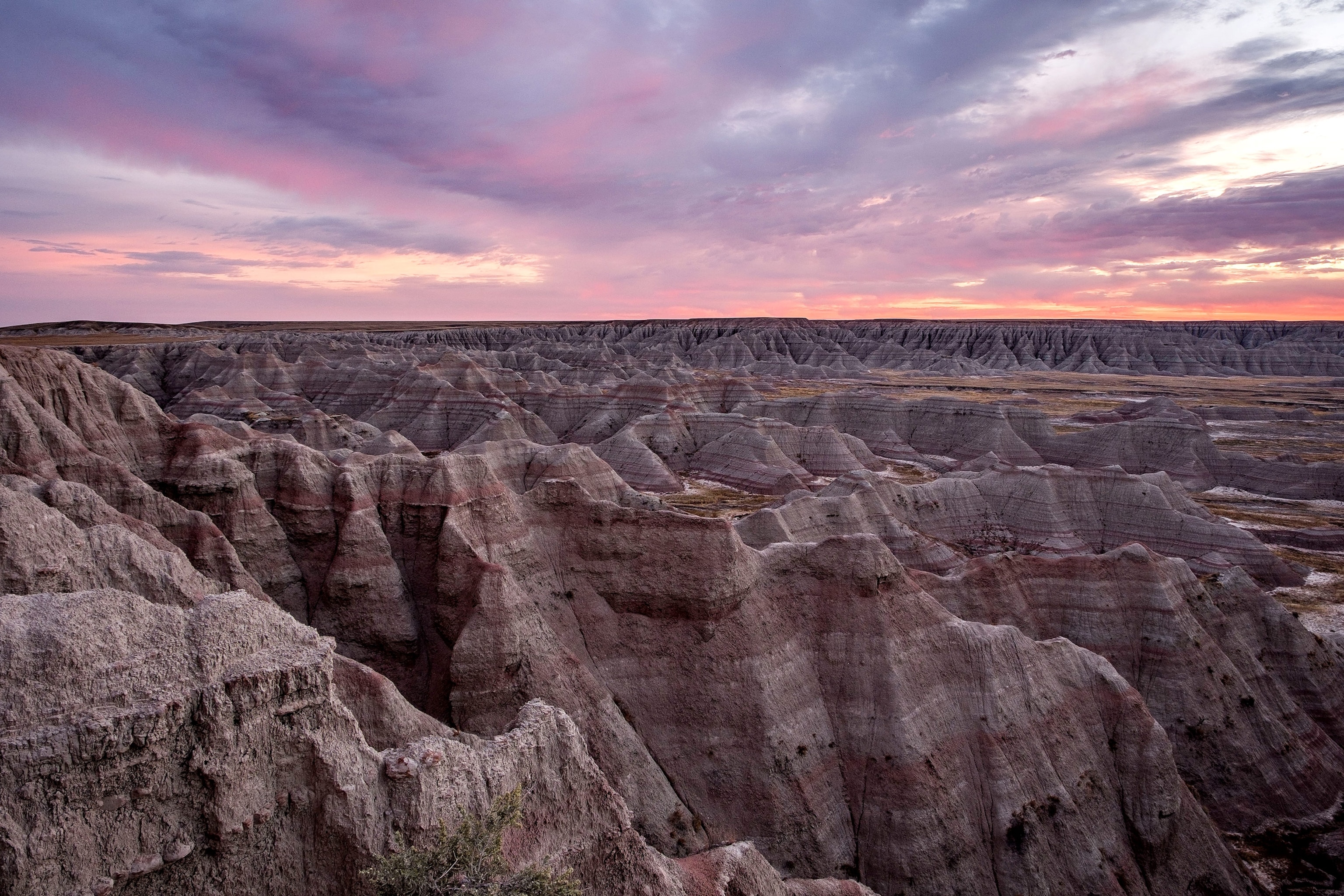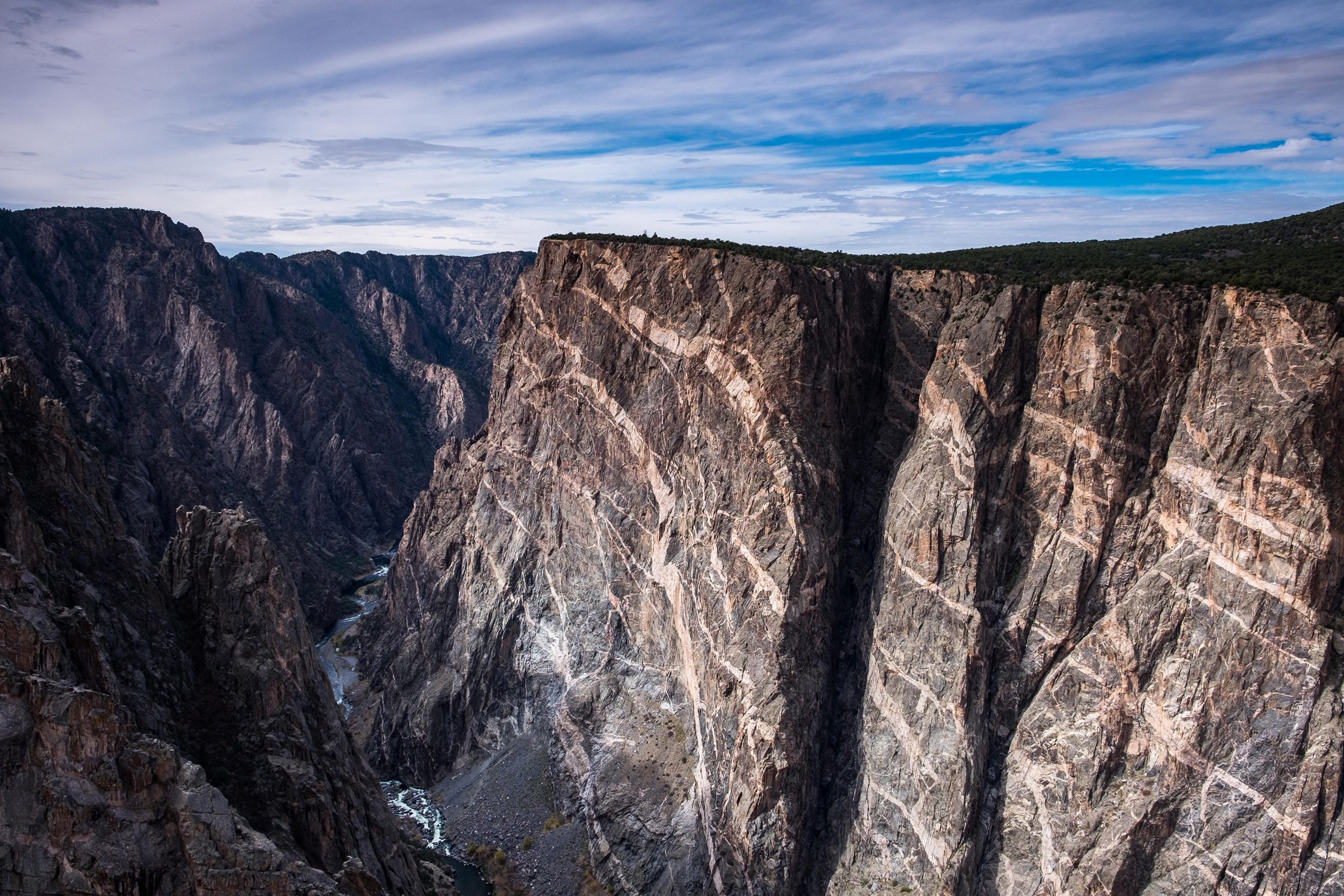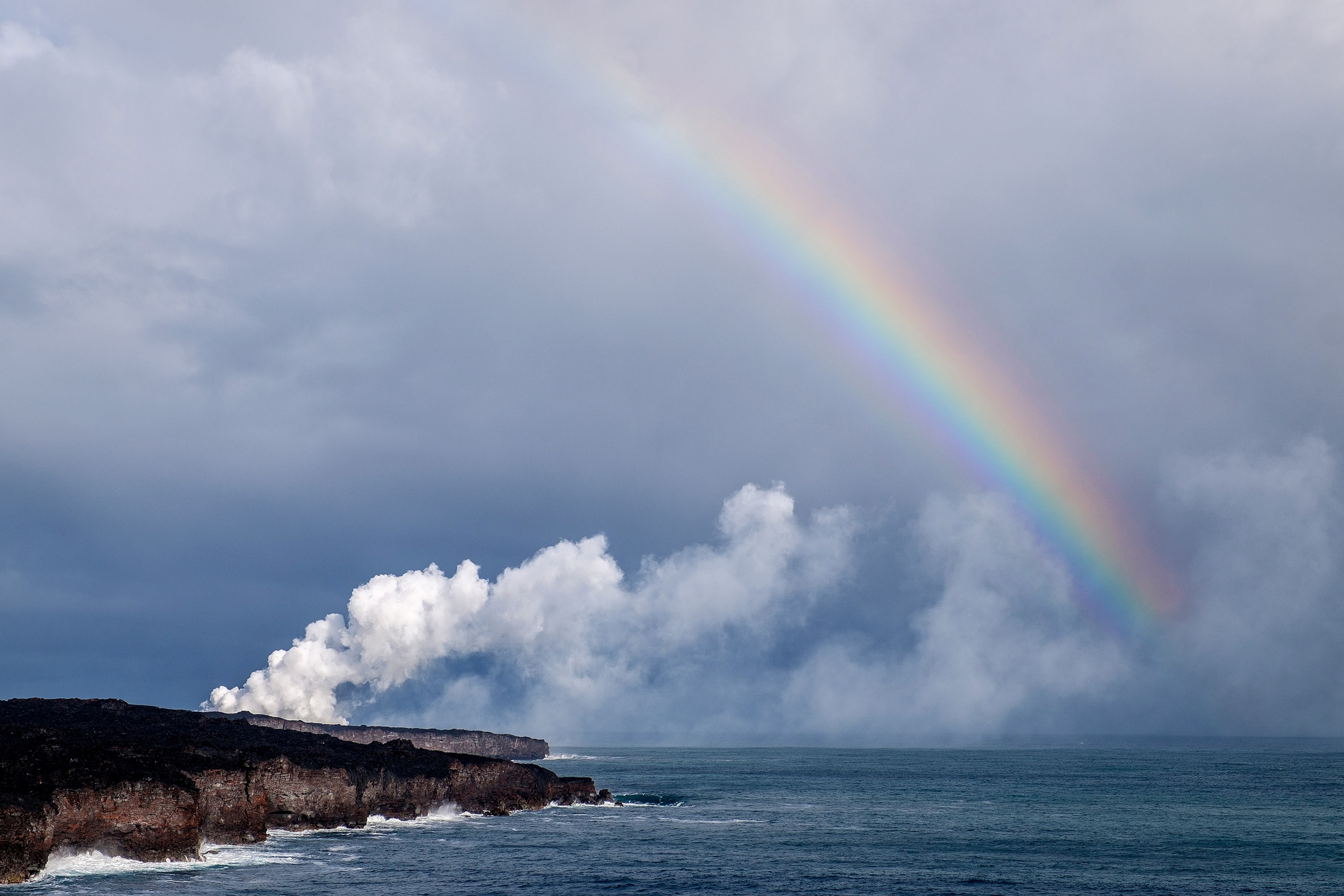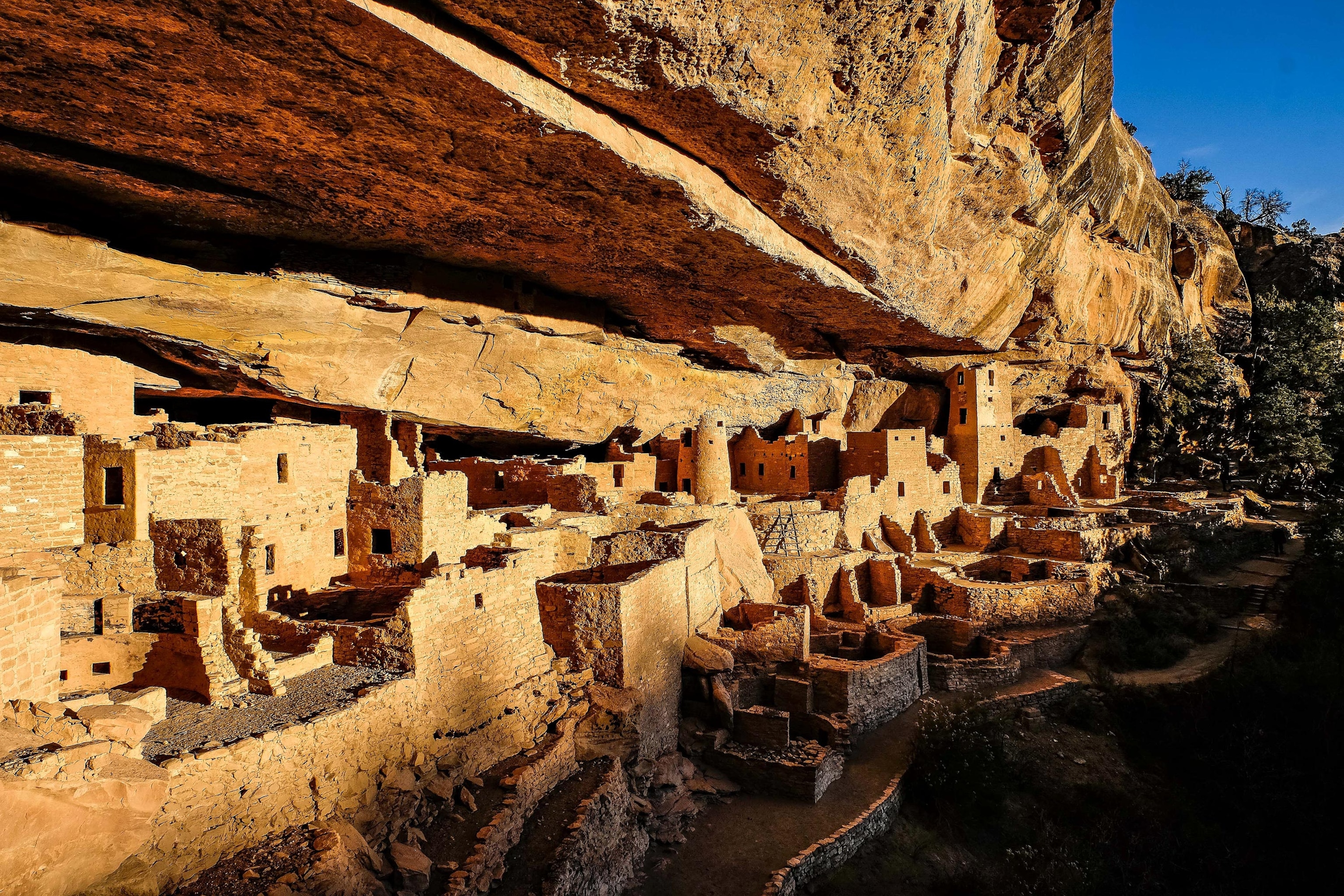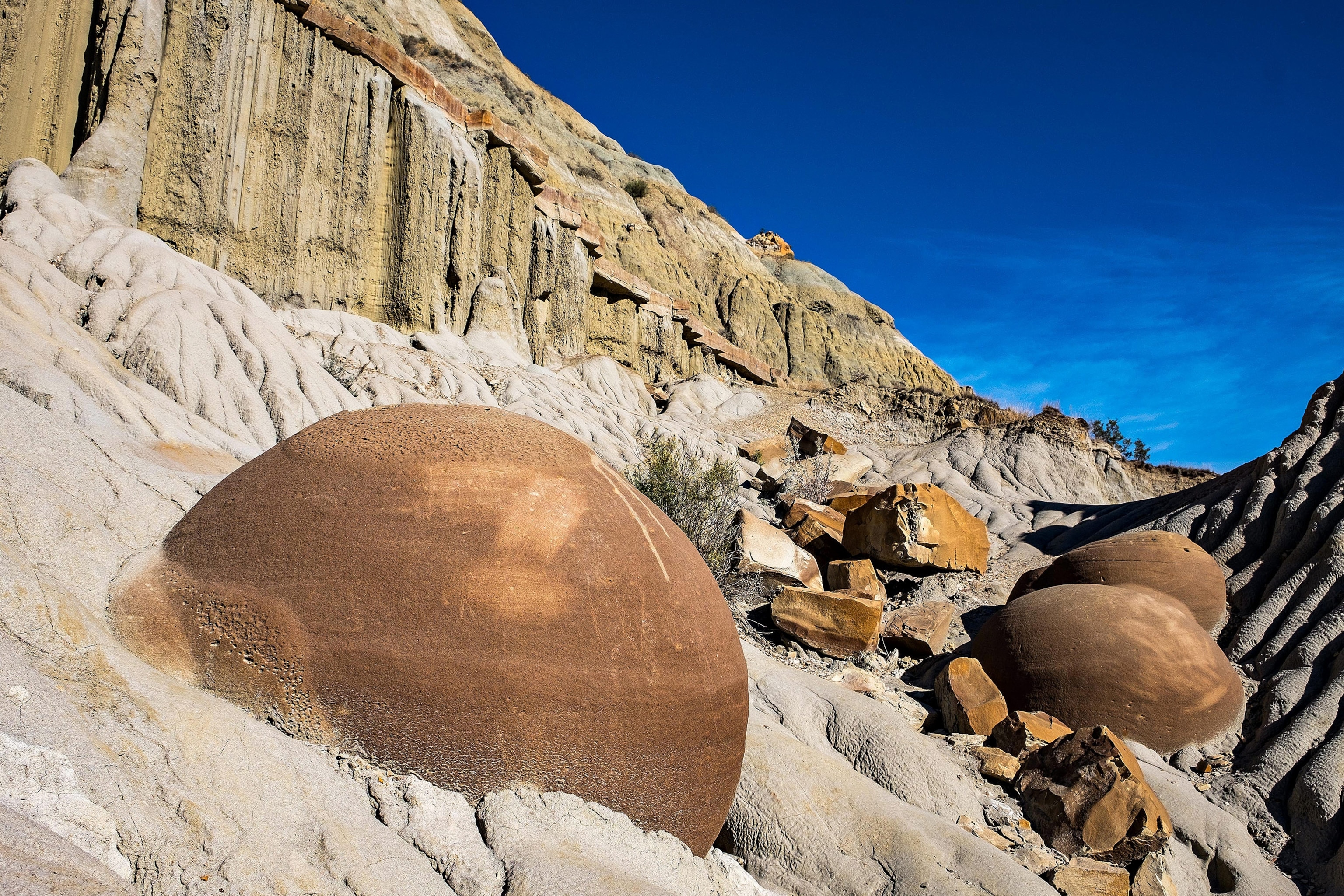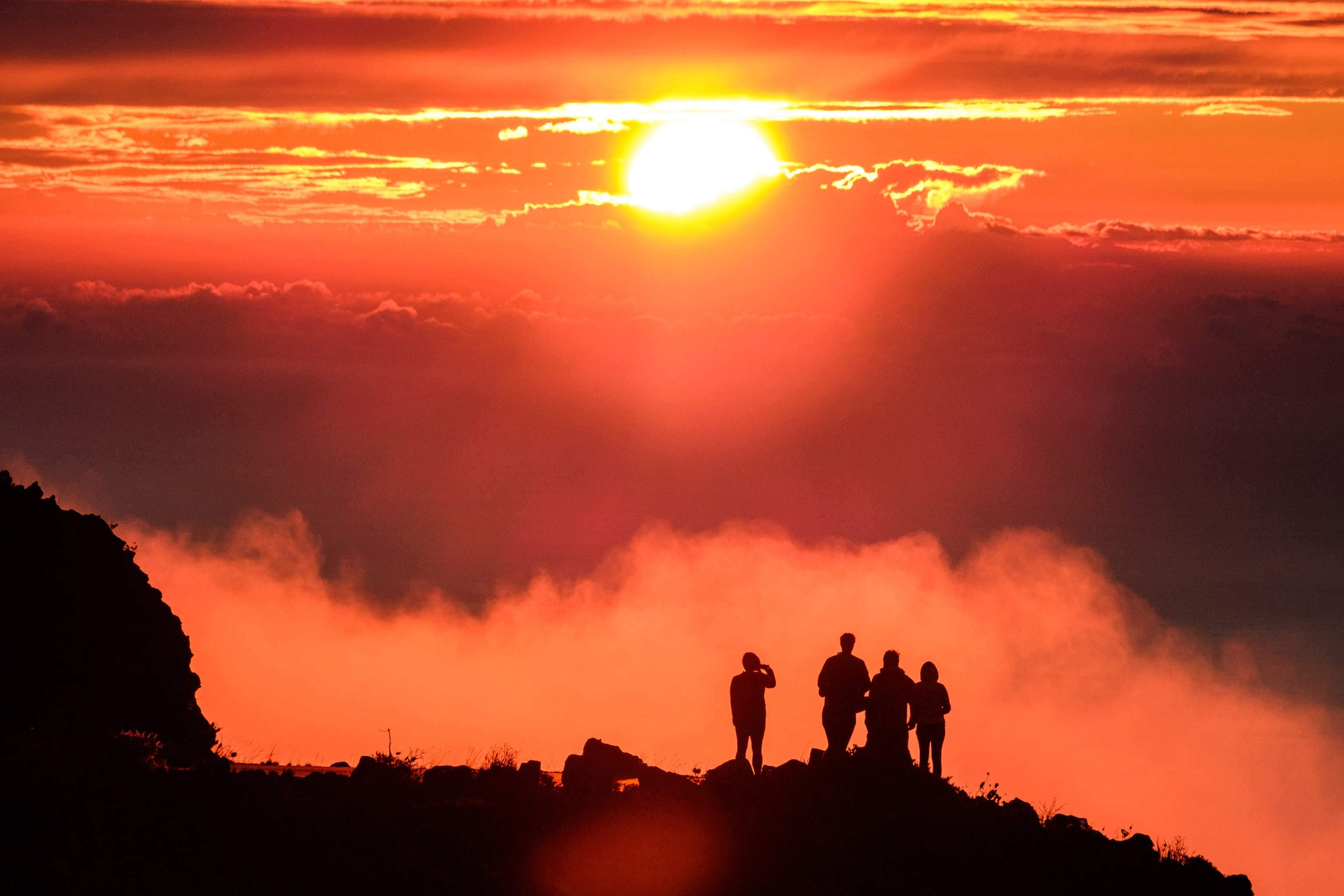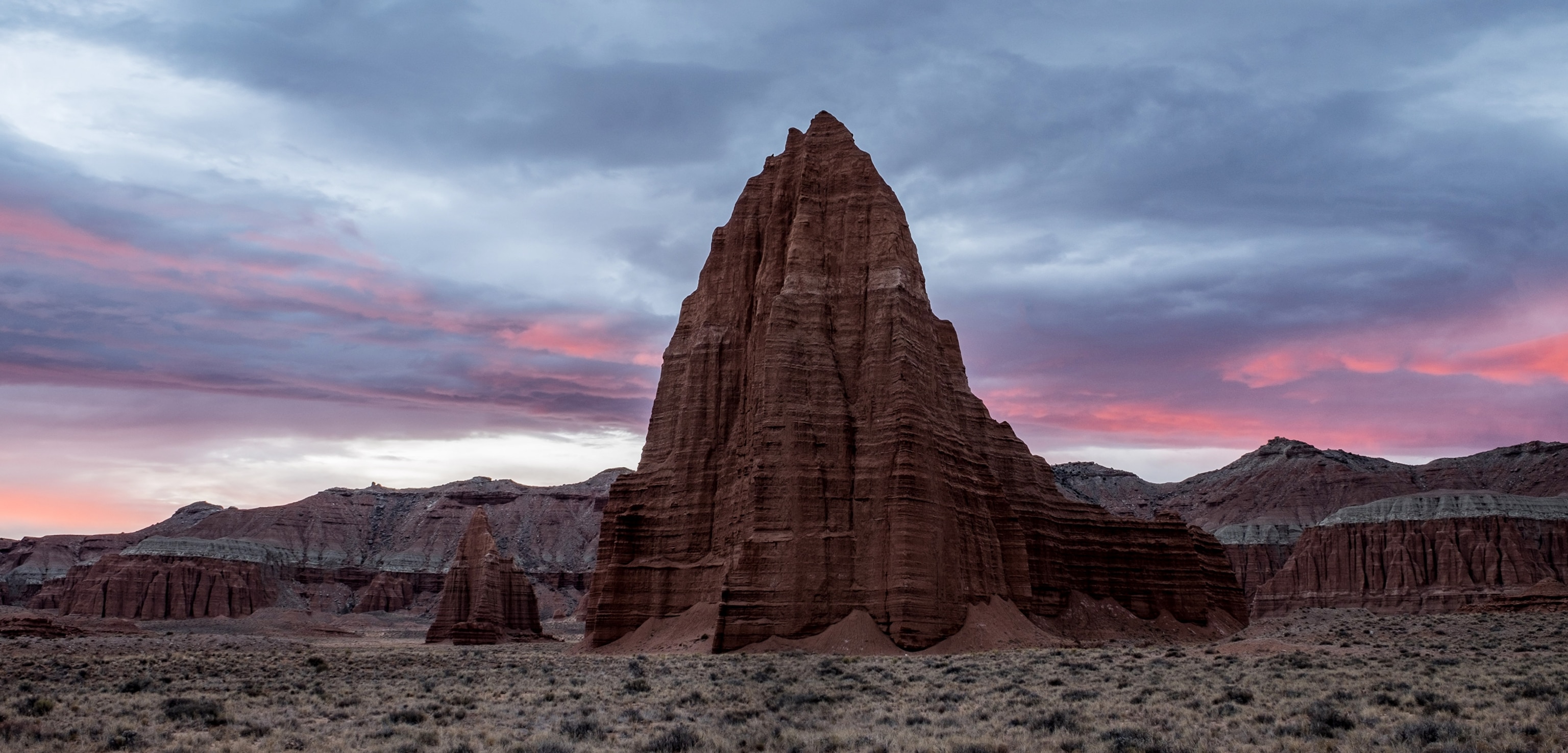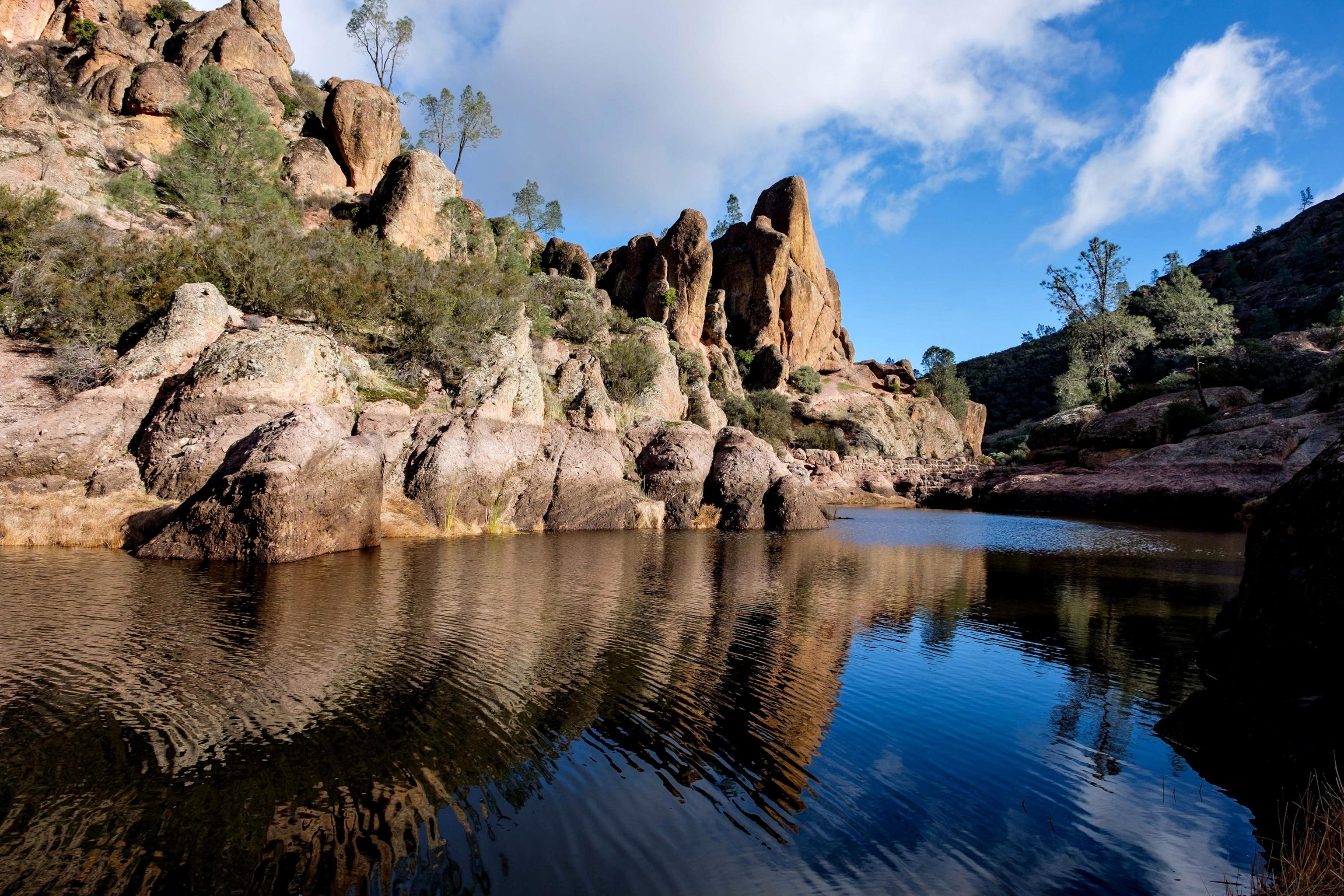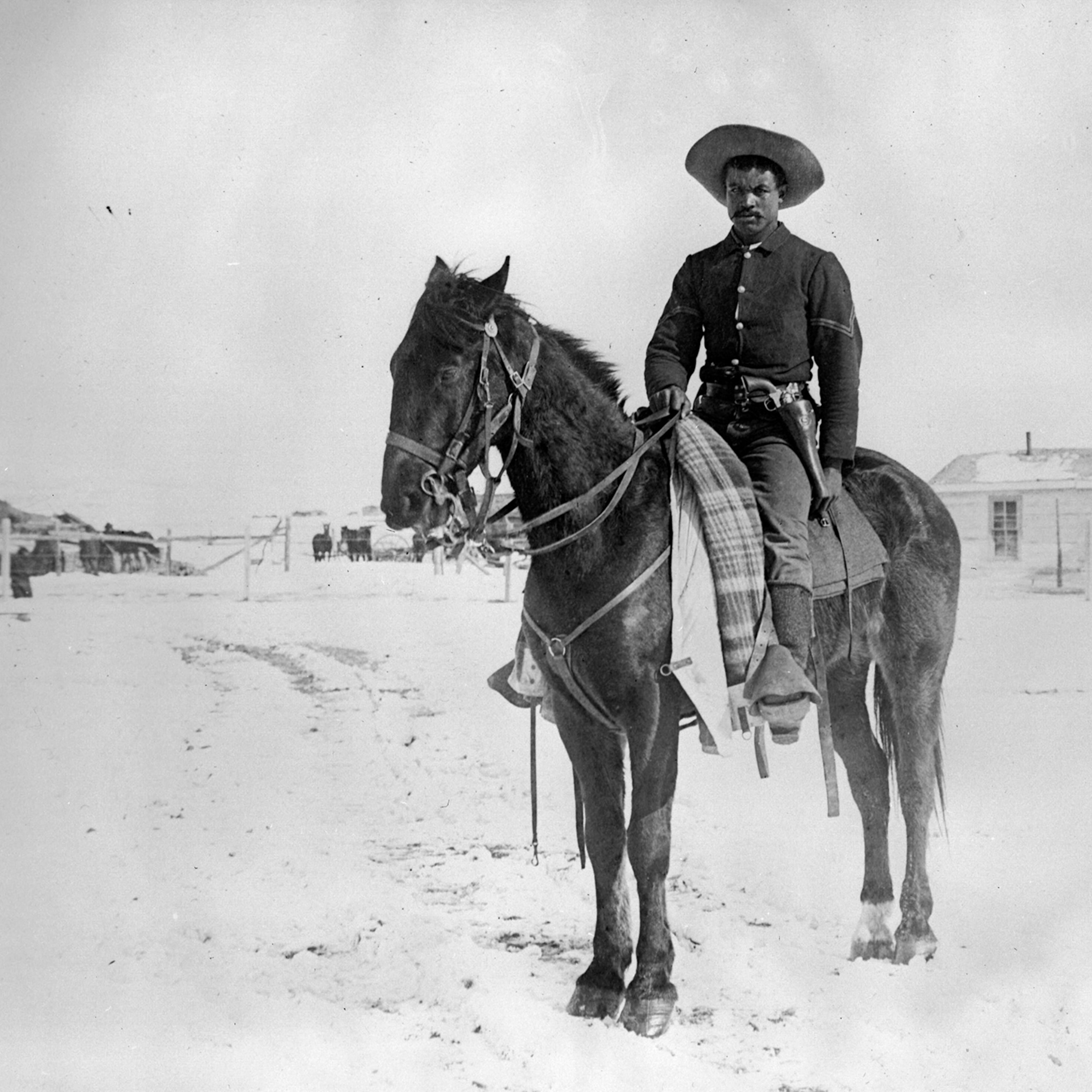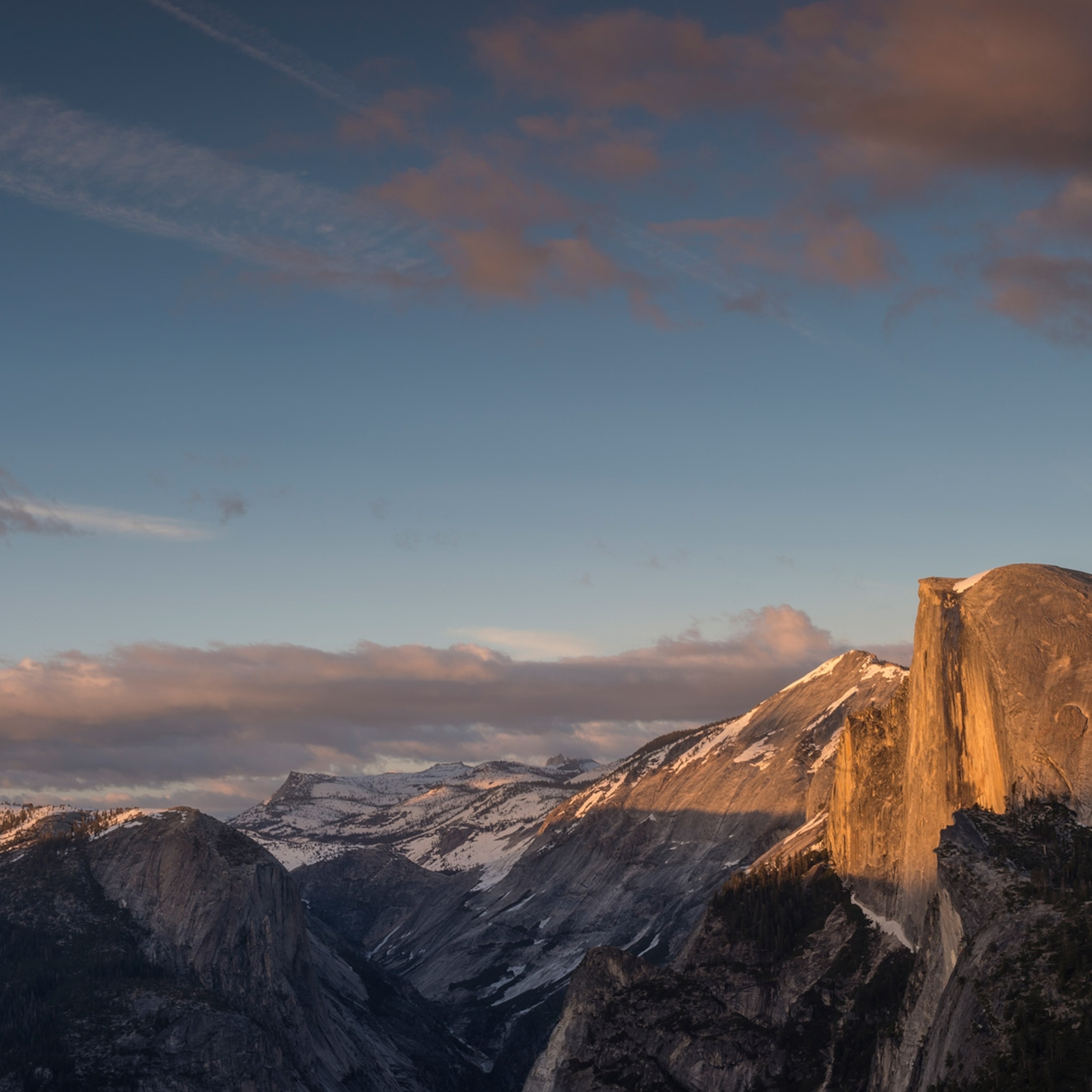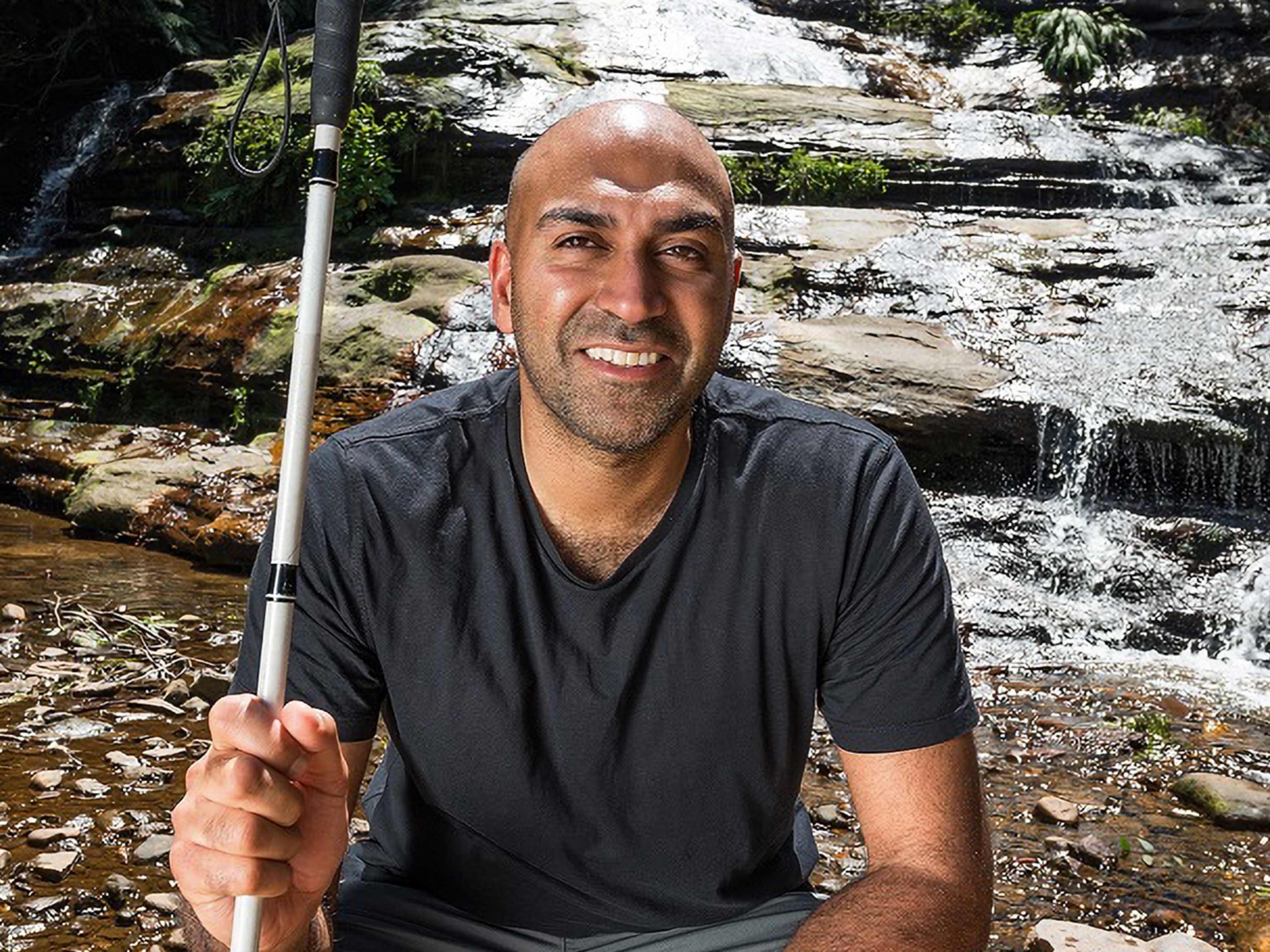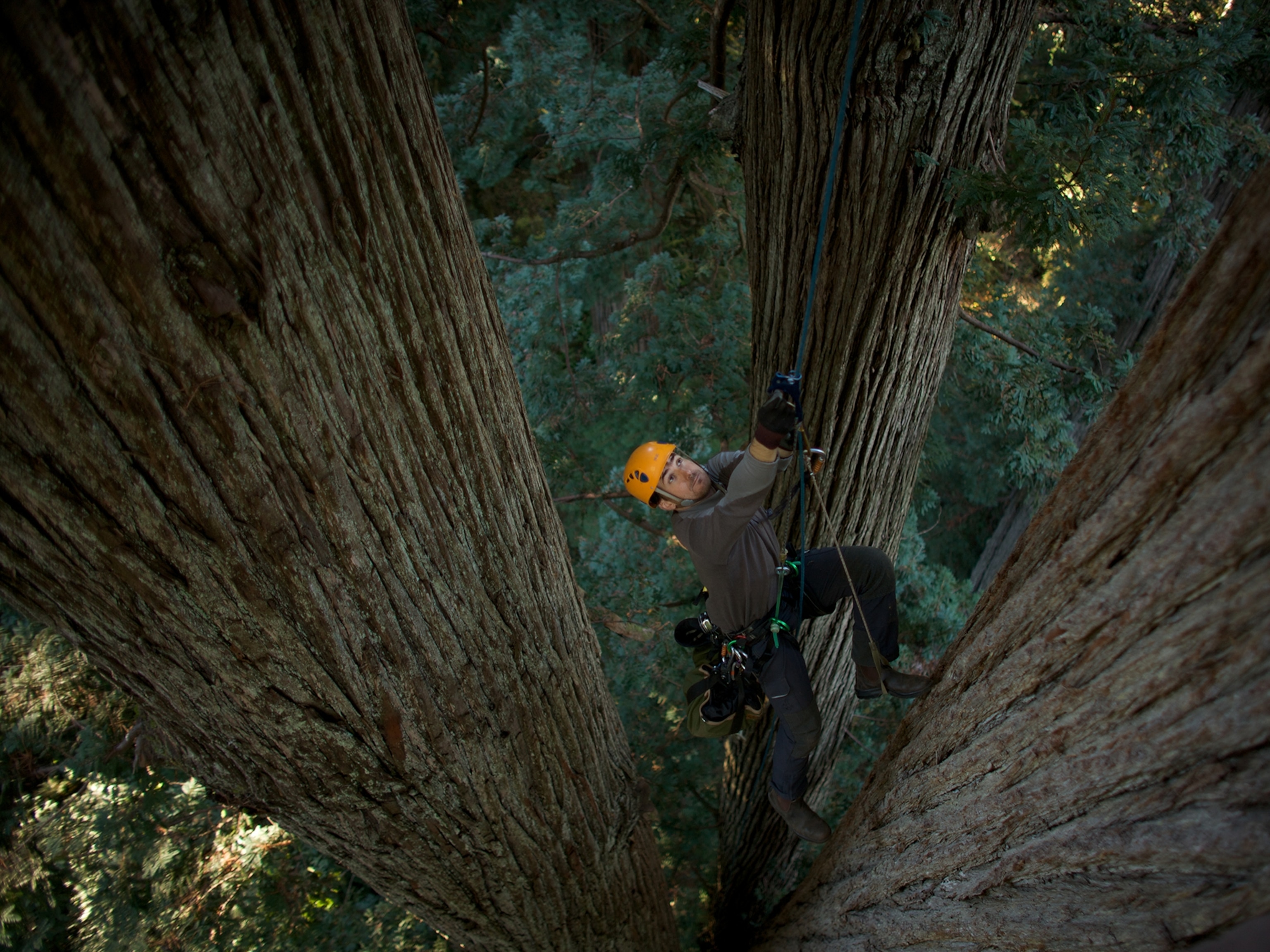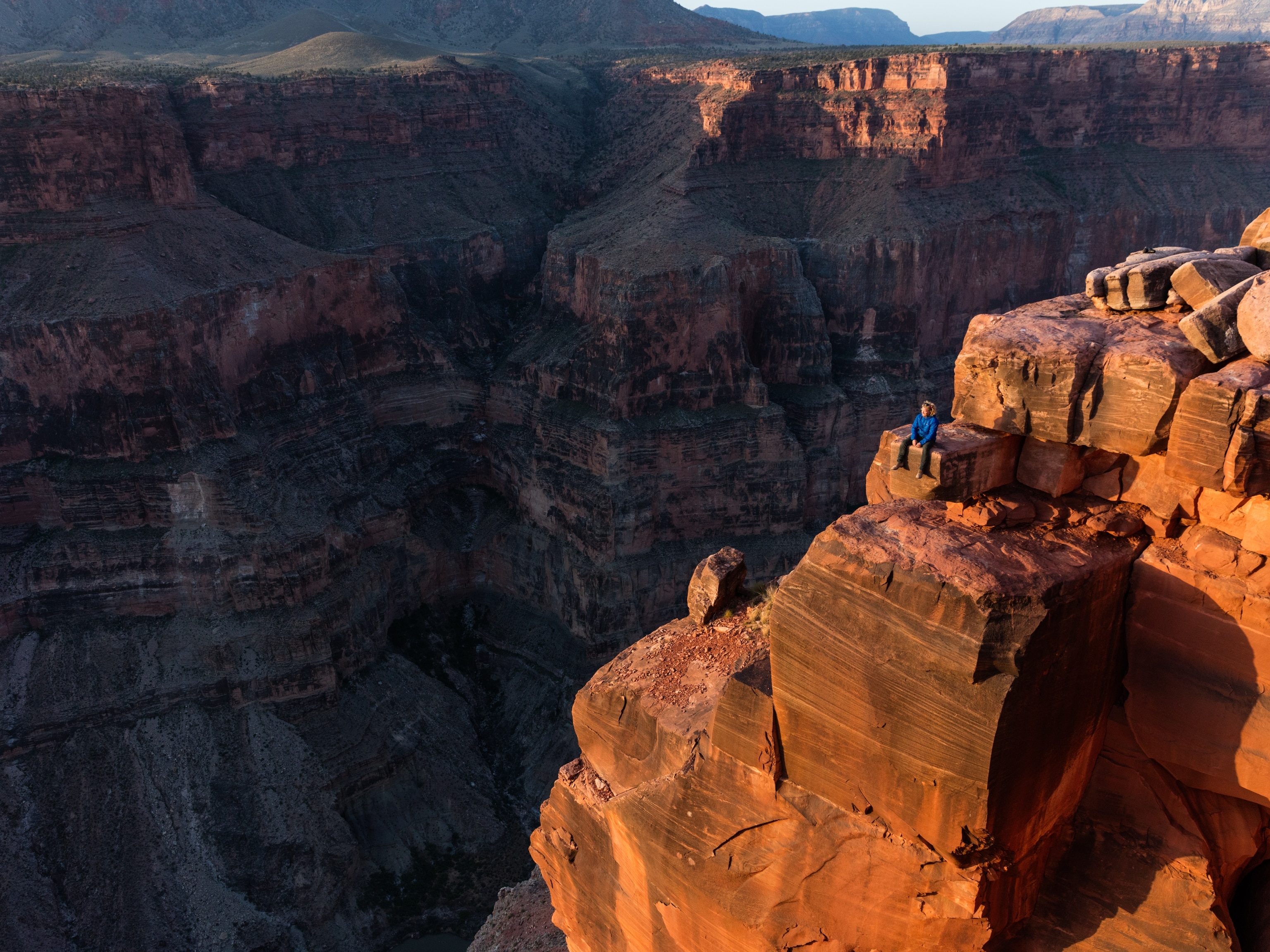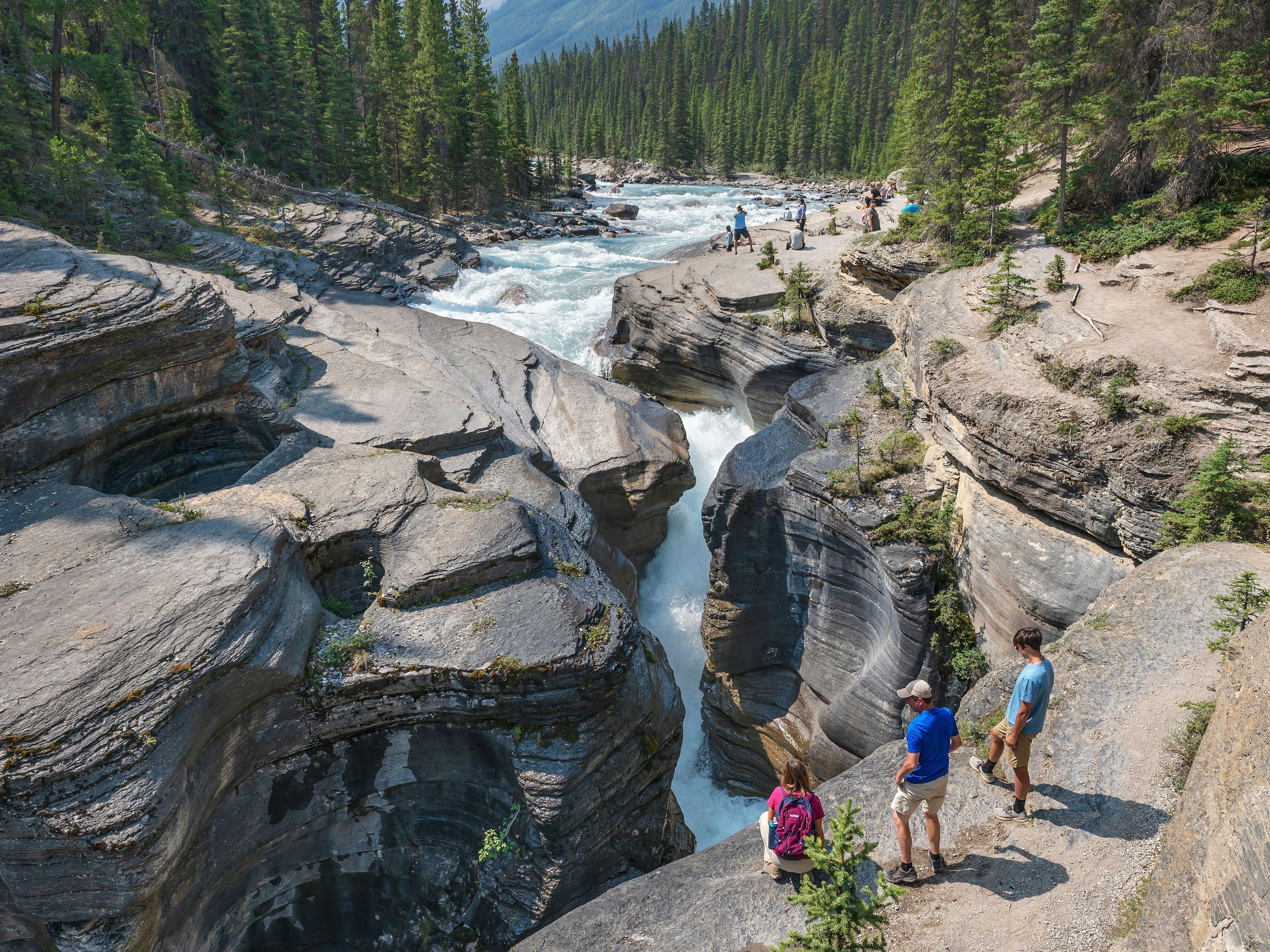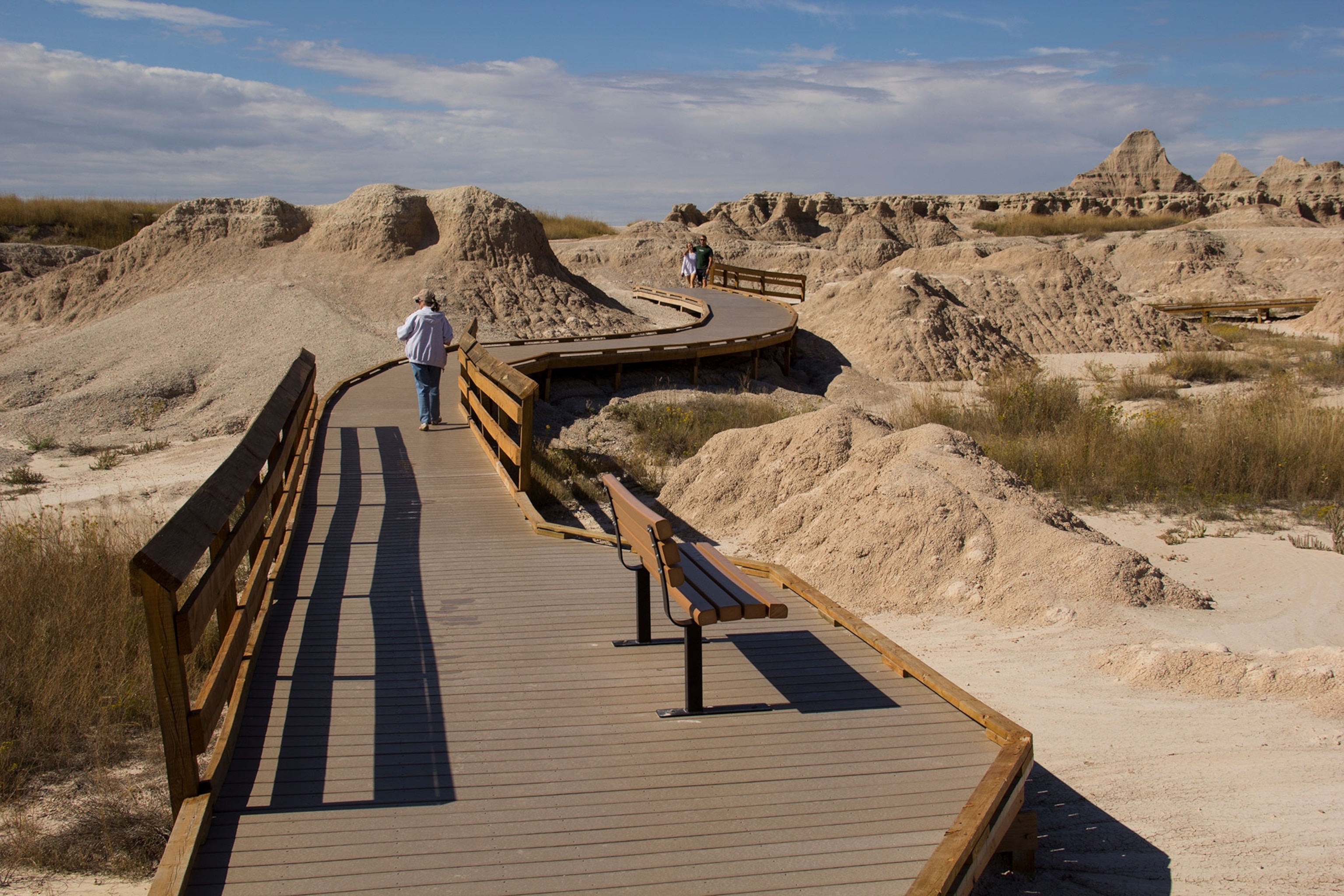
Why national parks accessibility matters
Here are three ways the National Park Service is proving parks belong to all Americans.
In 2015, Ambreen Tariq spotted a poster in Shenandoah National Park that would transform her connection to her country’s public lands. She can’t remember the details, but she recalls seeing an African-American woman and child hiking outdoors. Beneath were the words “Find Your Park.” [See vintage posters of national parks.]
“It completely moved me,” says Tariq, because the poster affirmed her experiences as an Indian-American Muslim woman outdoors.
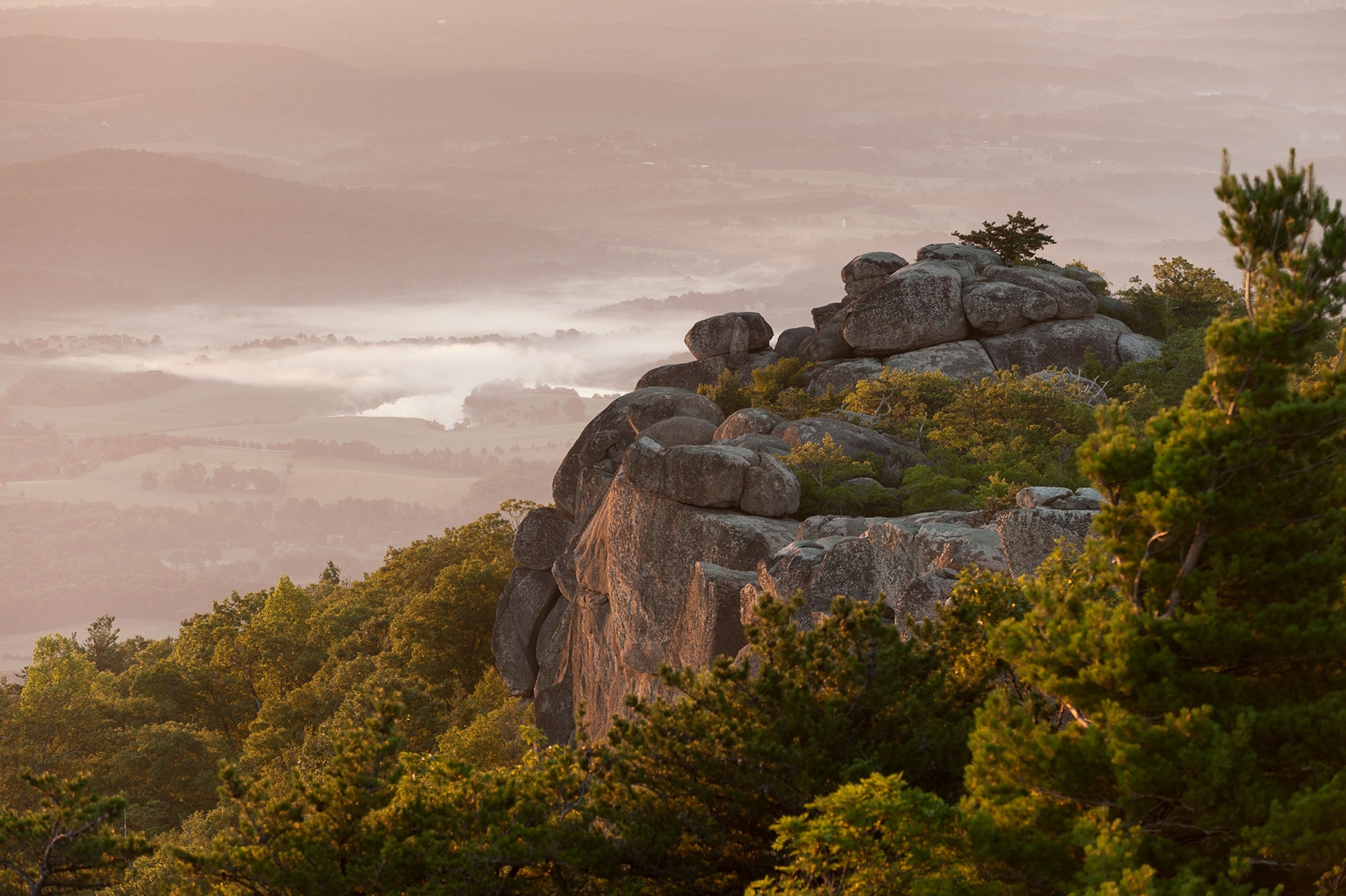
Later, she searched the hashtag #findyourpark at her lodge and discovered people of color and women describing how they’re also reclaiming their outdoor experiences.
“And that did it for me,” says Tariq. This moment, among others, inspired her to start Brown People Camping to promote diversity in outdoor spaces.
Brown People Camping encourages people to share their outdoor adventures; so does the official Find Your Park platform, a program jointly run by National Park Service (NPS) and National Park Foundation, the service's non-profit arm. The initiative is part of NPS’s decades-long efforts to improve accessibility for people of color, LGBTQ+ people, people of lower incomes, and other underrepresented groups. But what else is NPS doing (or not doing) lately?
Changing internal culture
“We’re taking a hard look at ourselves,” says Sangita Chari, program manager of the NPS Office of Relevancy, Diversity and Inclusion (RDI).
Currently, 83 percent of NPS’s workforce is white, 62 percent is male, and 9.5 percent identifies as disabled. A 2017 workplace environment study found 39 percent of employees experienced discrimination or sexual harassment on the job and lack trust in NPS to act, even if they report.
Since RDI’s founding in 2013, it’s attempted “to build a safe, inclusive, [and] inviting environment in the National Park Service.” Chari cites internal programs such as Allies for Inclusion, a voluntary dialogue that allows employees to discuss topics such as police violence or transphobia.
These programs are small steps towards combating institutionalized discrimination for employees and visitors. From racial profiling by park rangers to harassment by other visitors, people continue to face a legacy of discrimination within public lands. Hiring diverse park rangers and collaborating with nonprofits like Pride Outside plays a part in addressing the problem, says Nina Roberts, director of the Institute for Civic and Community Engagement at San Francisco State University.
Overall, the hope is that when NPS embodies inclusive behaviors, “a more diverse visitorship and frankly more diverse staff” will be welcome, says Chari.
Expanding outreach and education
Besides looking inward, NPS is raising greater awareness about parks in marginalized communities. In the 2011 National Park Service Comprehensive Survey of the American Public, respondents of color most cited that they “just don’t know that much about NPS units” as their main reason for not visiting a national park.
That was the case for Ana Cholo, a Latino Outdoors volunteer and Santa Monica Mountains National Recreation Area senior writer. “Both my parents immigrated from South America, so I didn’t even know what national parks were; it just wasn’t something that was part of my experience growing up,” she says.

She was a single mother in her 30s when she first happened to visit Yellowstone National Park, the Badlands, and other parks in the American West, “an amazing experience that opened up my eyes to the real beauty of this country.”
To turn people like Cholo into visitors, NPS conducts distance learning programs so students can interact with rangers or attend virtual field trips. The addition of heritage areas, like Stonewall Inn, ensures historically excluded groups develop culturally relevant connections to natural and historic sites.
Improving affordability
Aside from lack of visibility with certain groups, the NPS struggles with affordability: While many parks are free, the well-known ones have significant fees, and recent price hikes didn’t make things any easier. A 2011 NPS technical report found that “69 percent of Americans with household incomes of over $150,000 said they visited one or more national parks in the past two years, compared with only 22 percent of Americans with household incomes of less than $10,000.”

Every Kid in a Park, which provides one-year free admission for fourth graders and their families, “has been a great initiative to break down the cost barrier,” says Ricardo Escobar, an interpretive ranger at Petrified Forest National Park. With National Park Foundation grants, parks “can reimburse schools, specifically title IX schools, on their transportation costs.”
Lifetime access passes for disabled people relieves some financial pressure, but not all hurdles. Narrow trails or fence posts that obstruct sight lines can hamper visits once inside. That’s been the scenario for Amy Weyrich and her son Sam, who has Aicardi–Goutières syndrome (AGS). When Sam was young, Amy took him out of his wheelchair so he could soak in park views; now he’s 18, she can’t carry him anymore. Sometimes, all he sees are safety barriers. [These are four of the best wheelchair-accessible trails in U.S. national parks.]
Amy recommends plexiglass at popular overlooks. “There’s so much depth that you can’t see from a road,” she says.
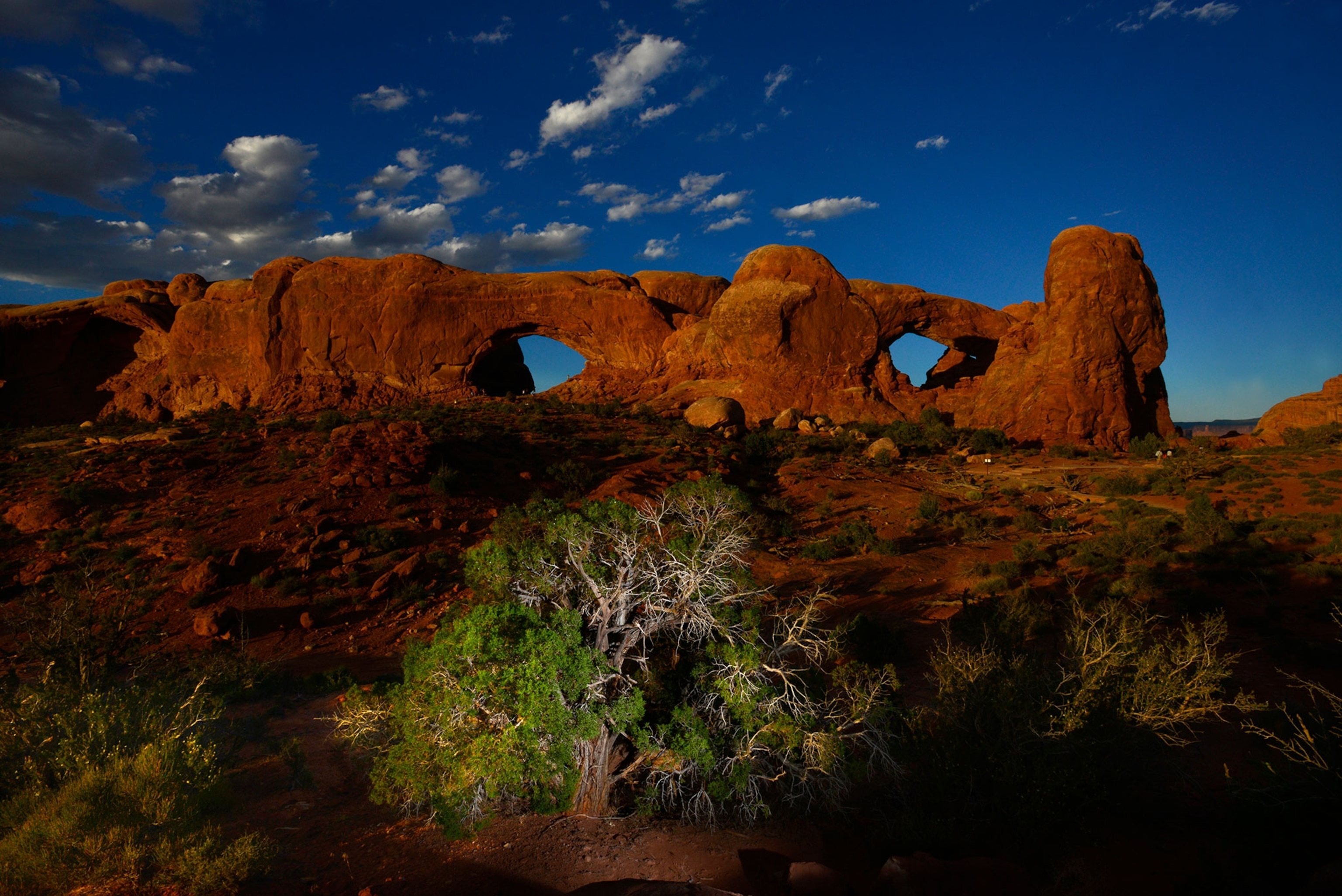
These are “small changes that don’t take a lot of time or money that can have huge impacts,” says Kevin Stickelman, CEO of the National Ability Center, a nonprofit organizing outdoor activities for people of all abilities. Stickelman cites Arches National Parks, which has barrier-free trails and audio-visual programming.
But more could be done, Chari says. When she thinks about NPS’s next centennial, she wishes for future generations to see “what integration really looks like” in parks. Ninety-seven years isn’t far away.

